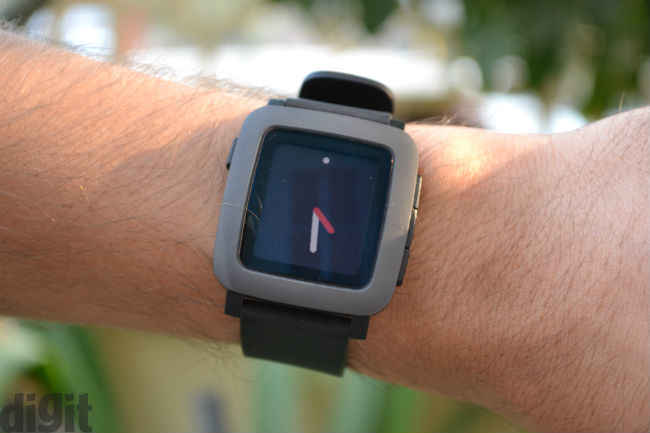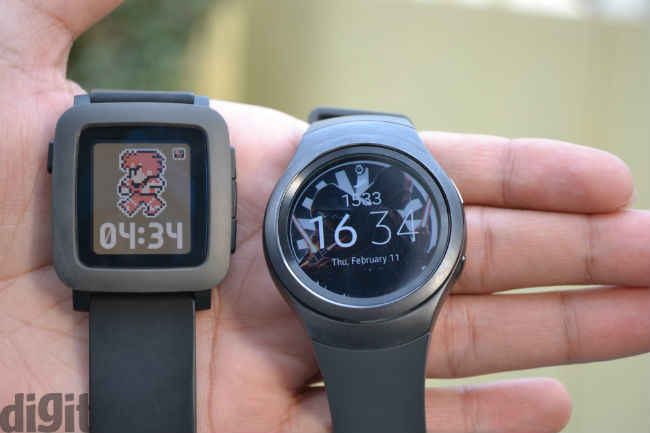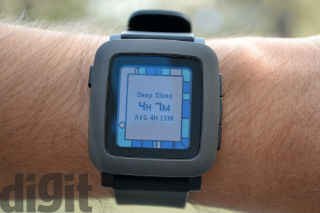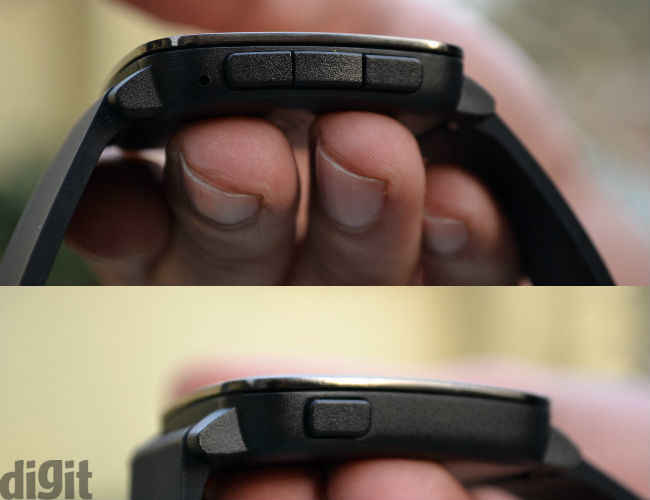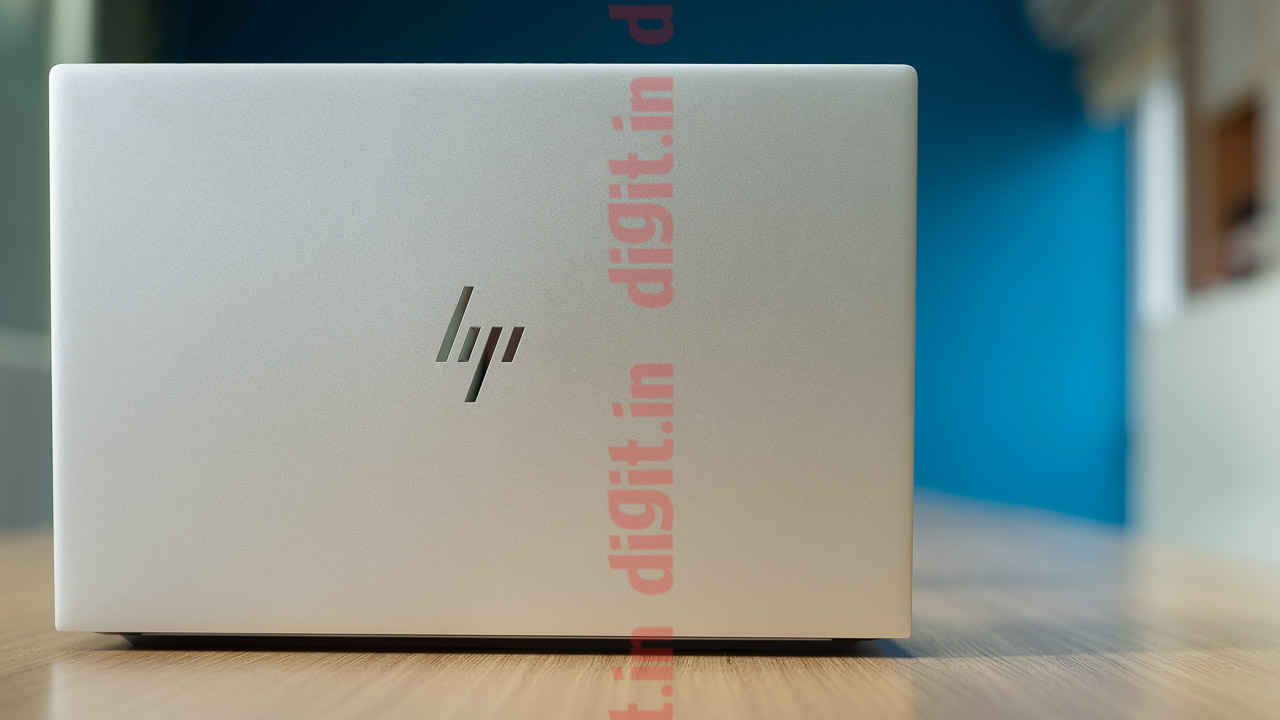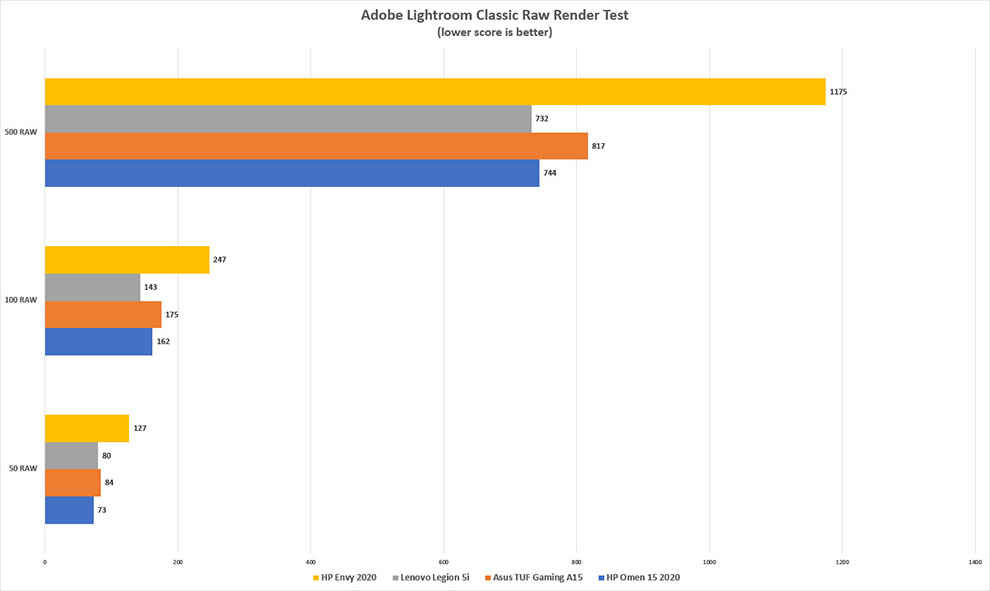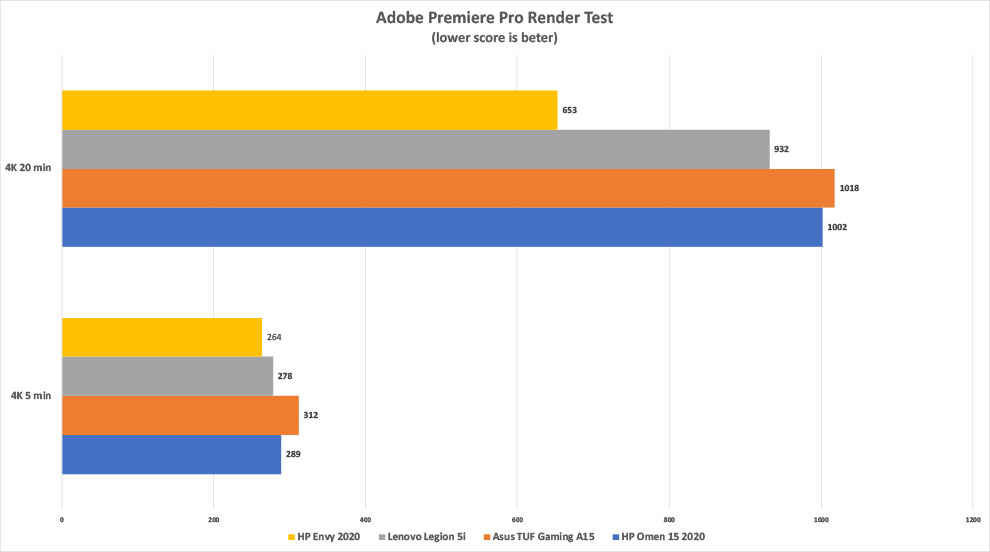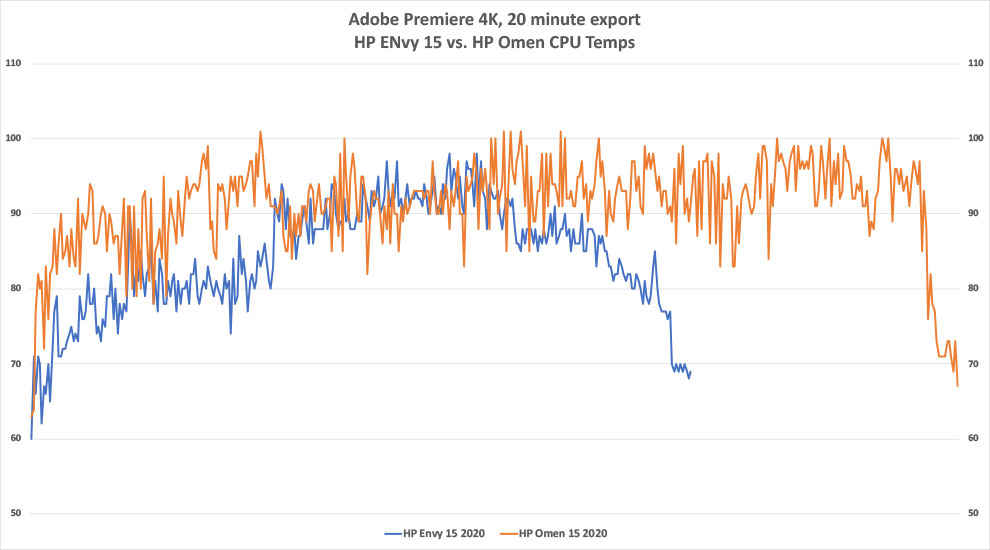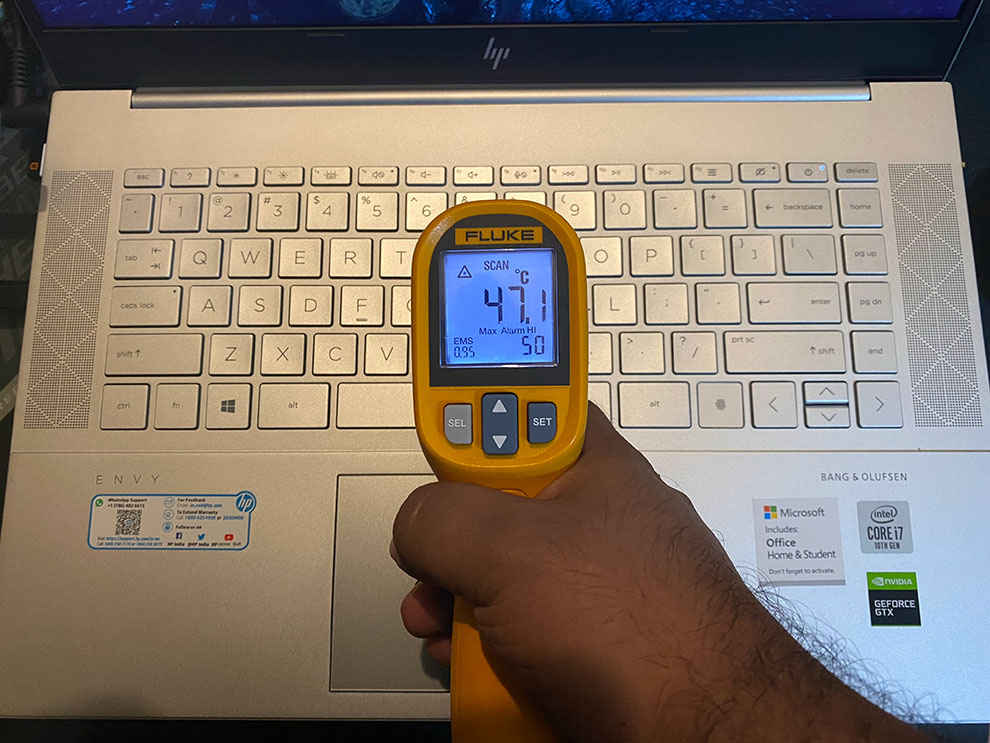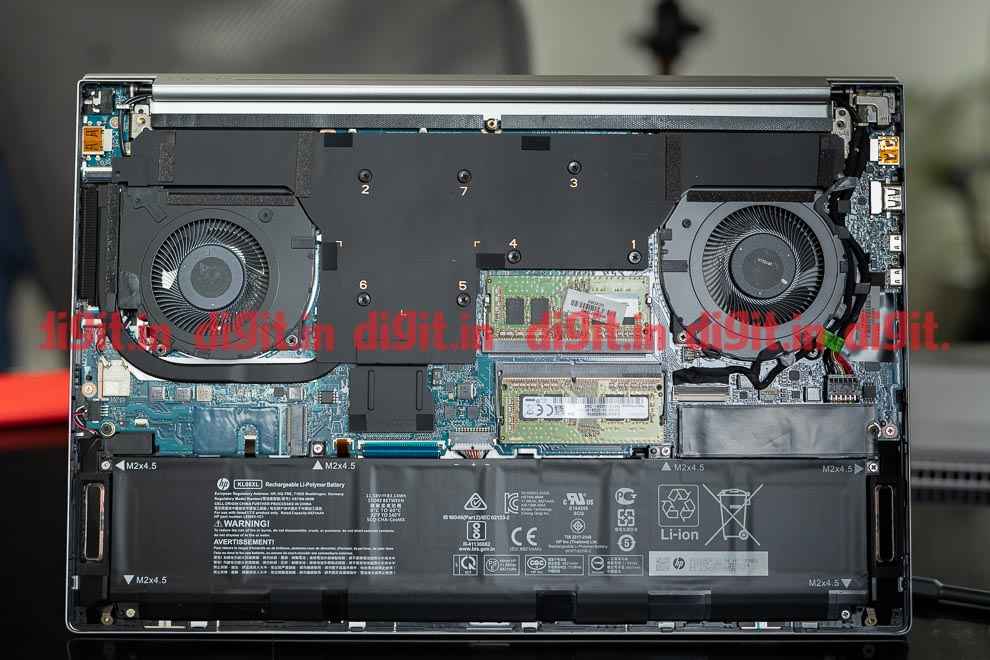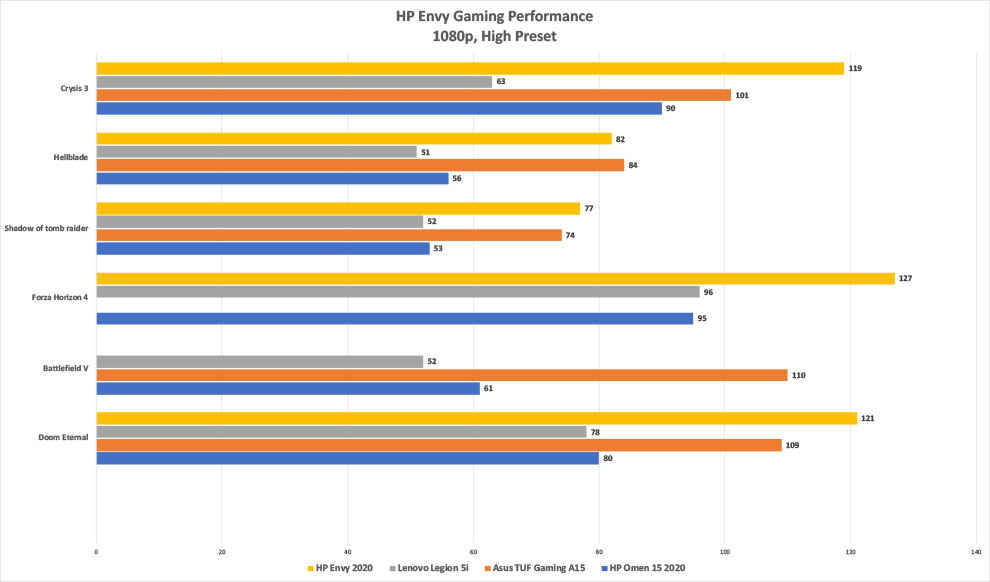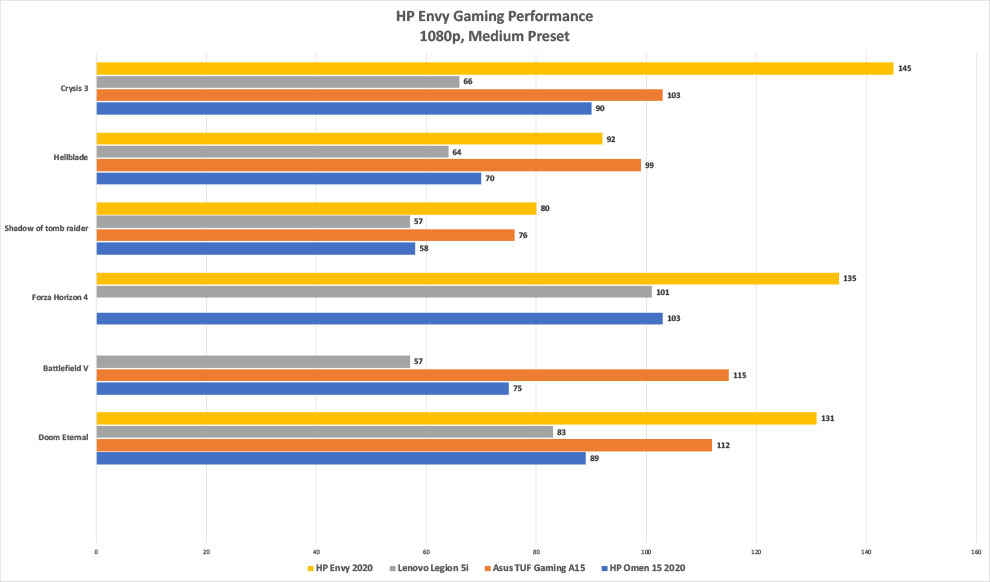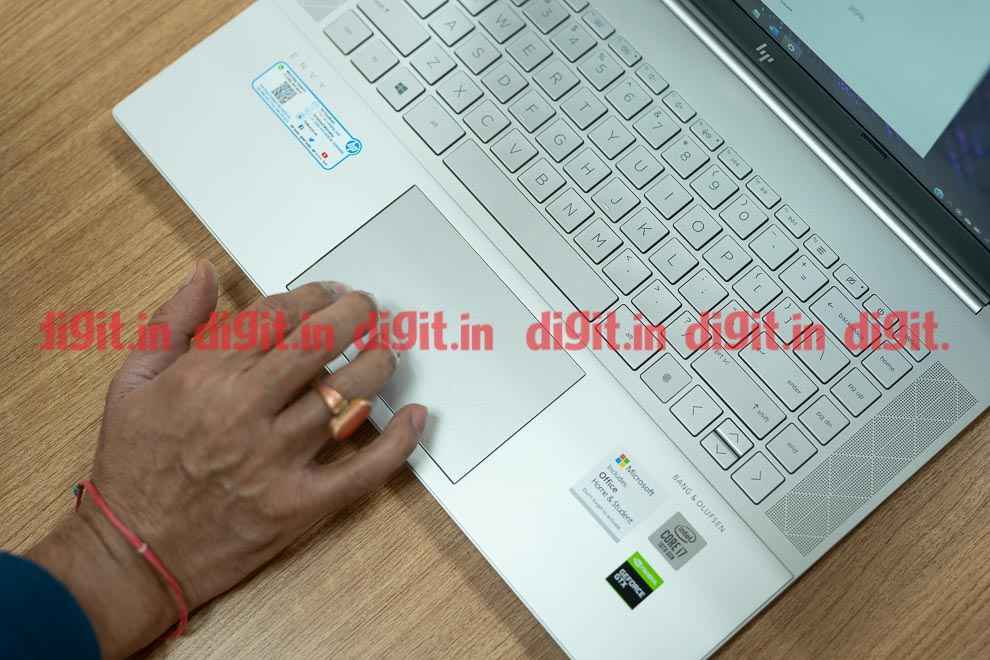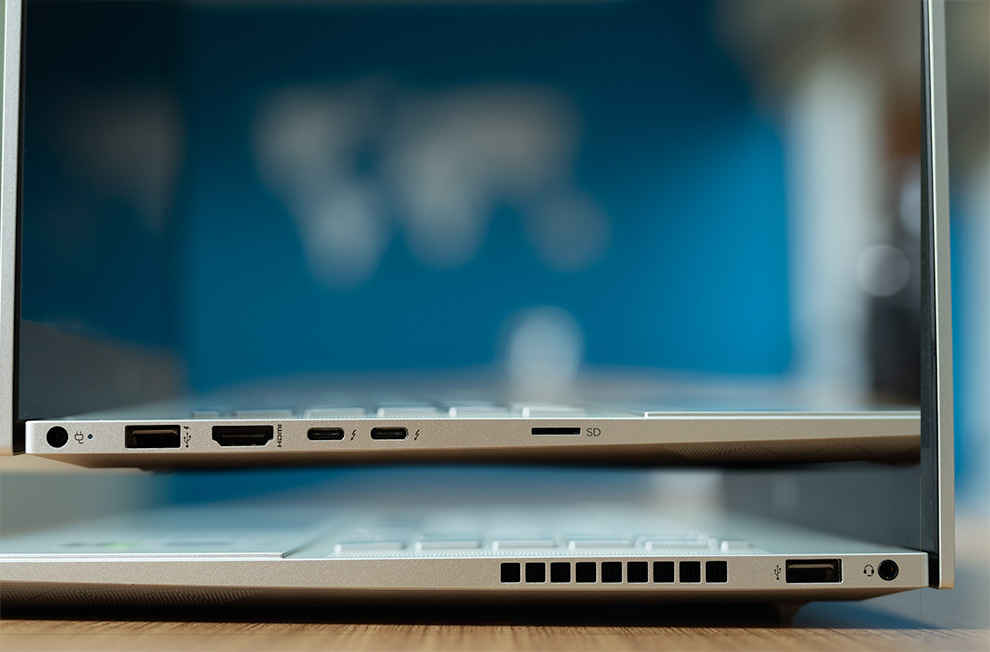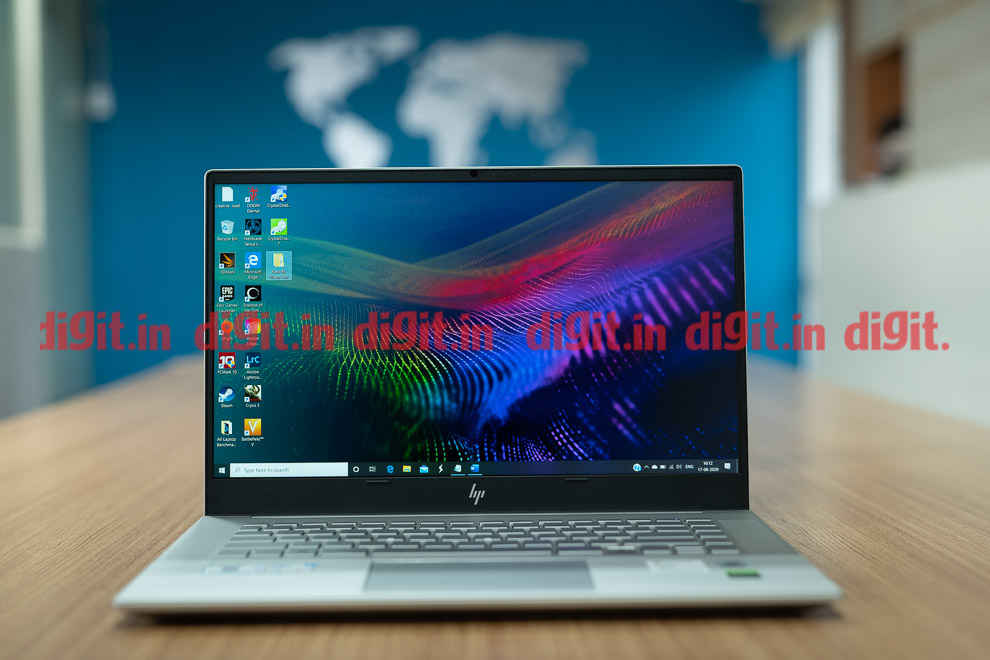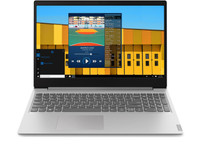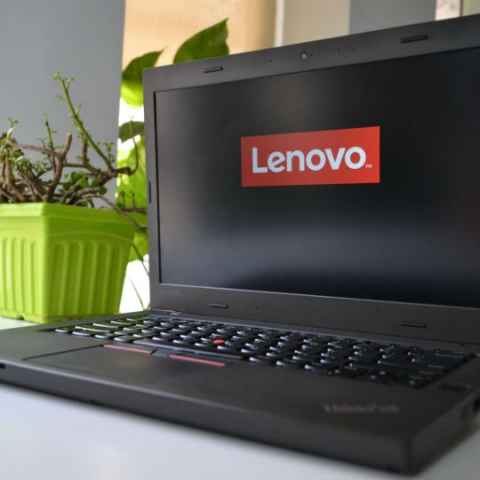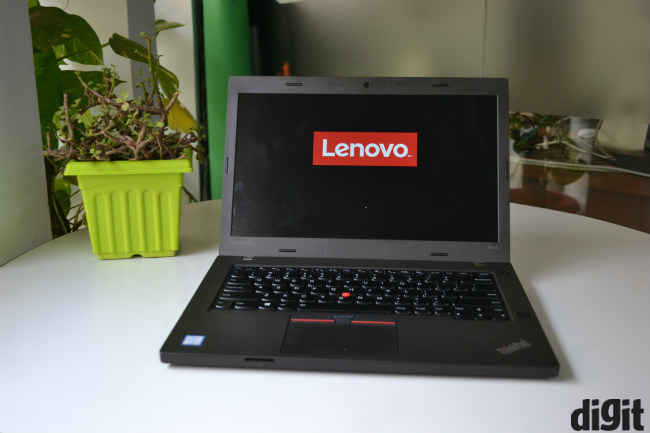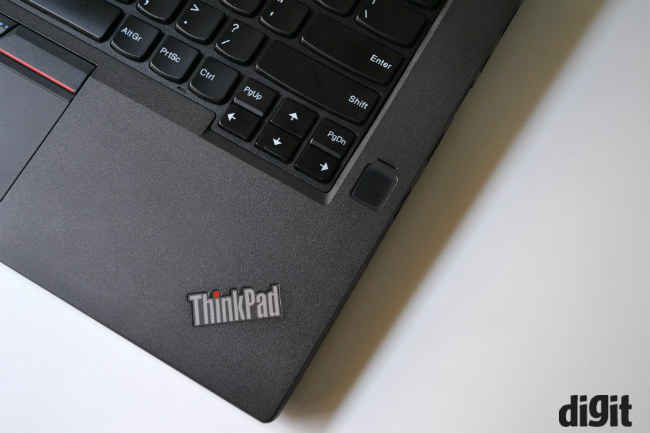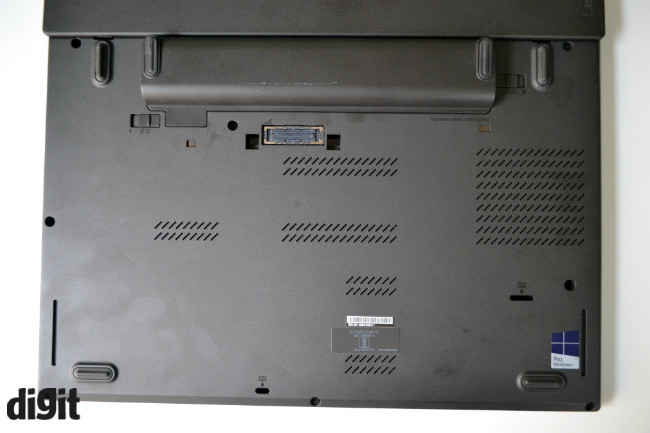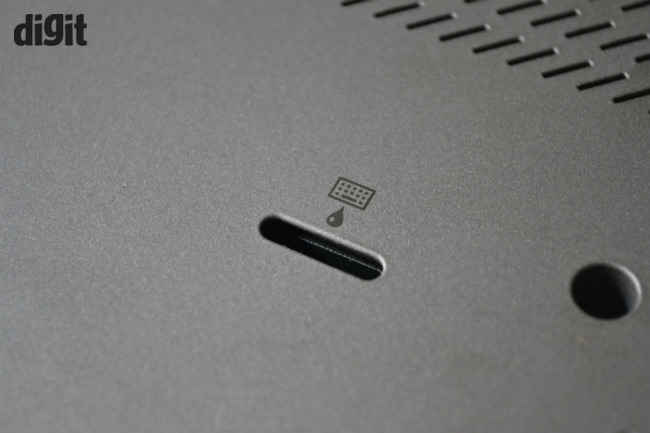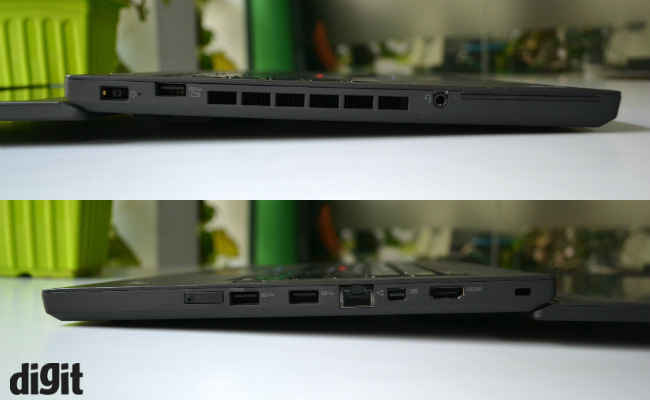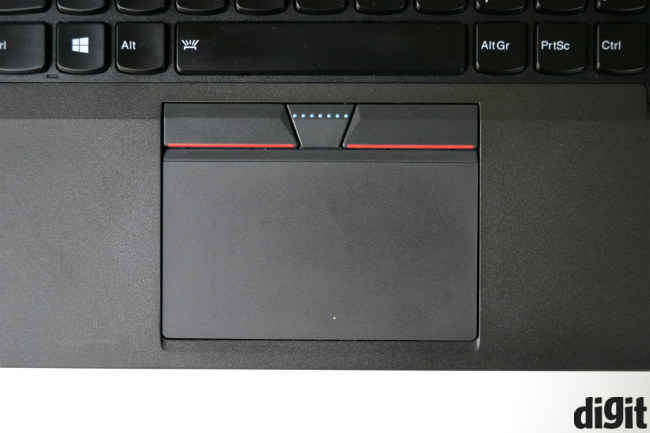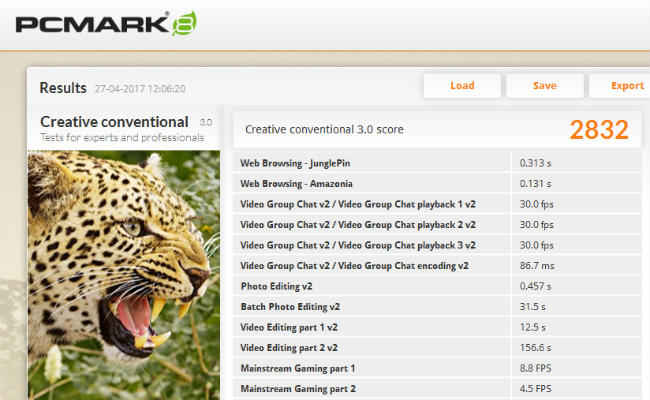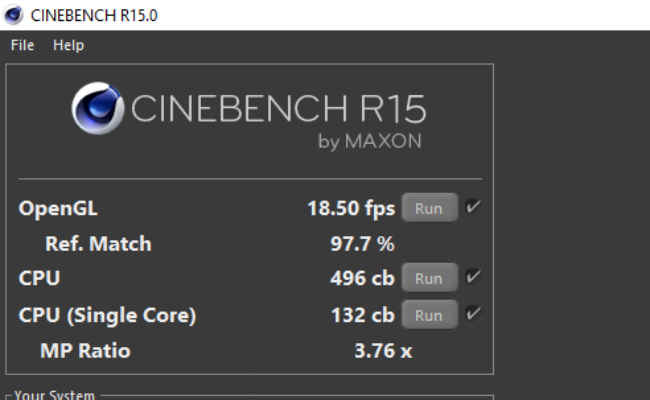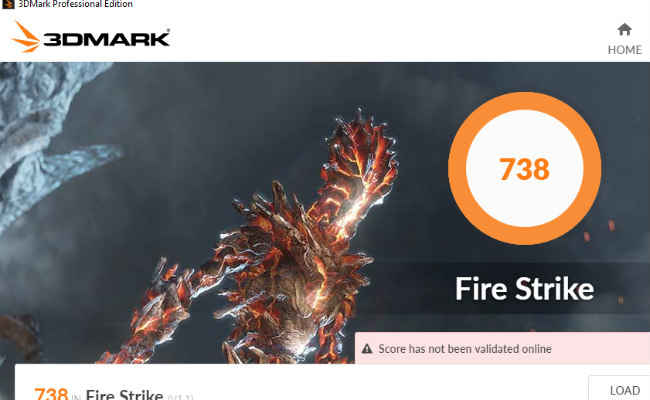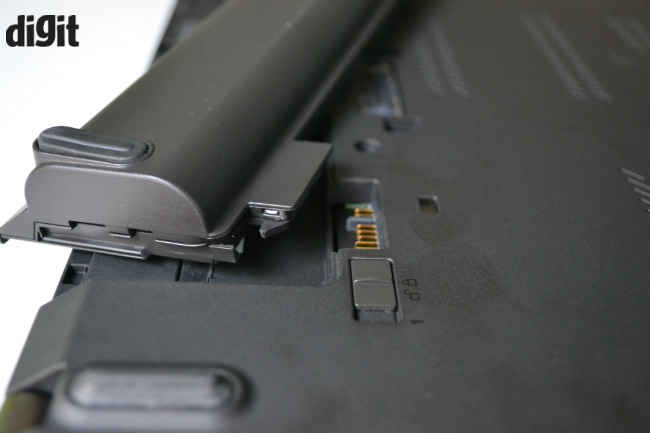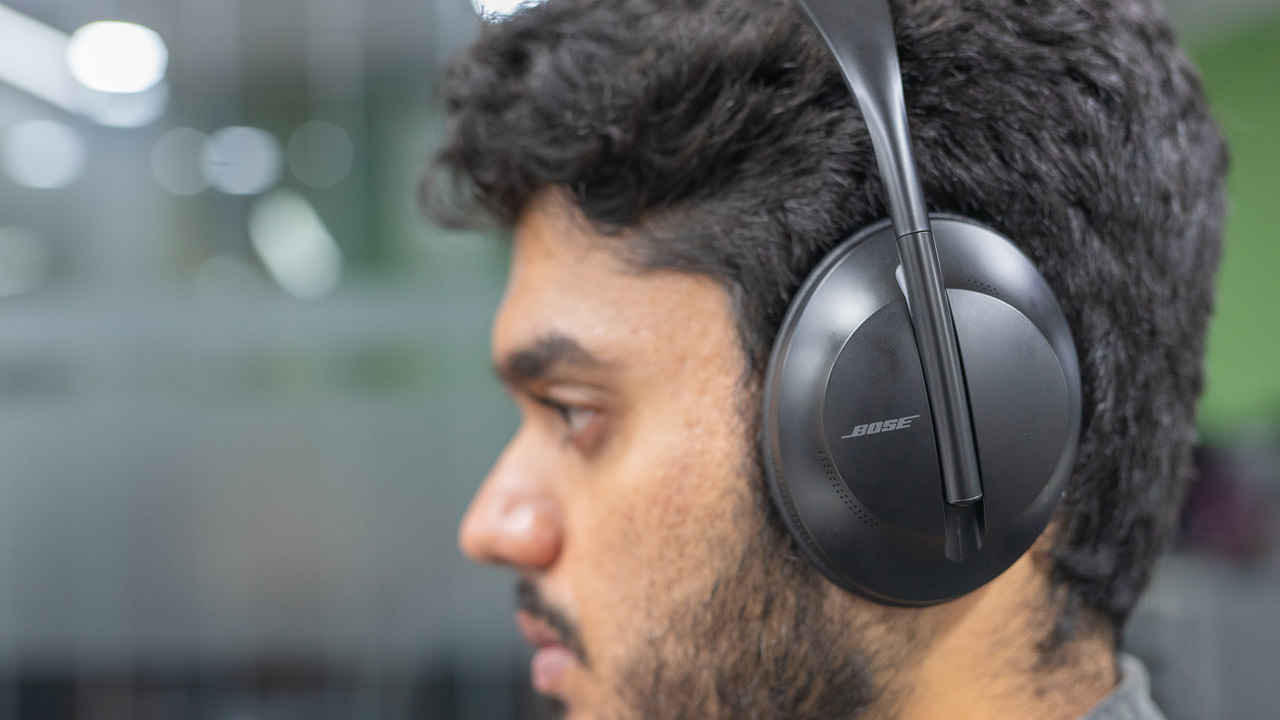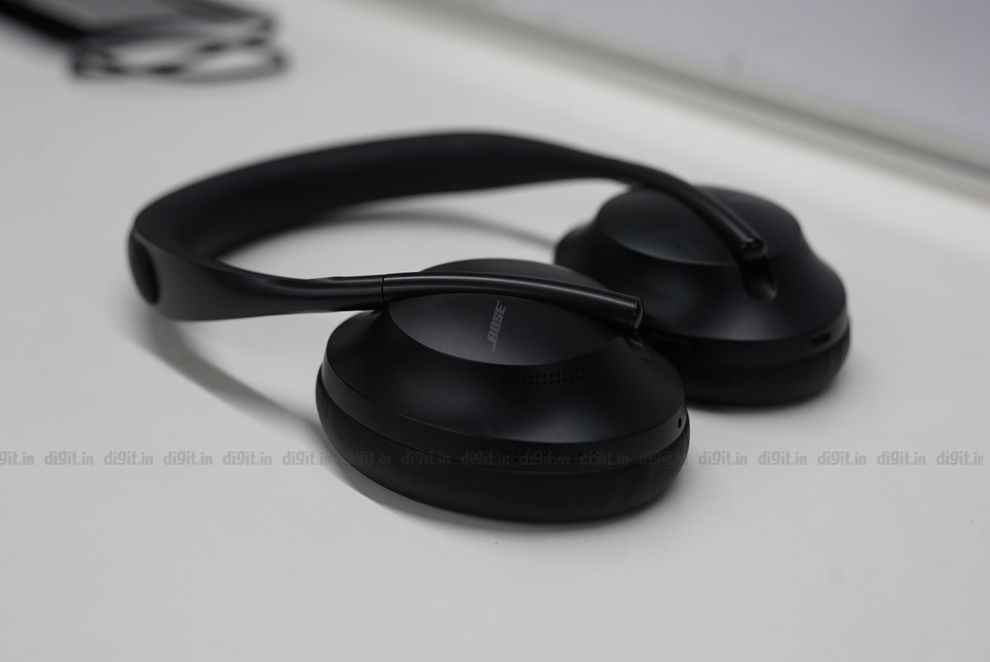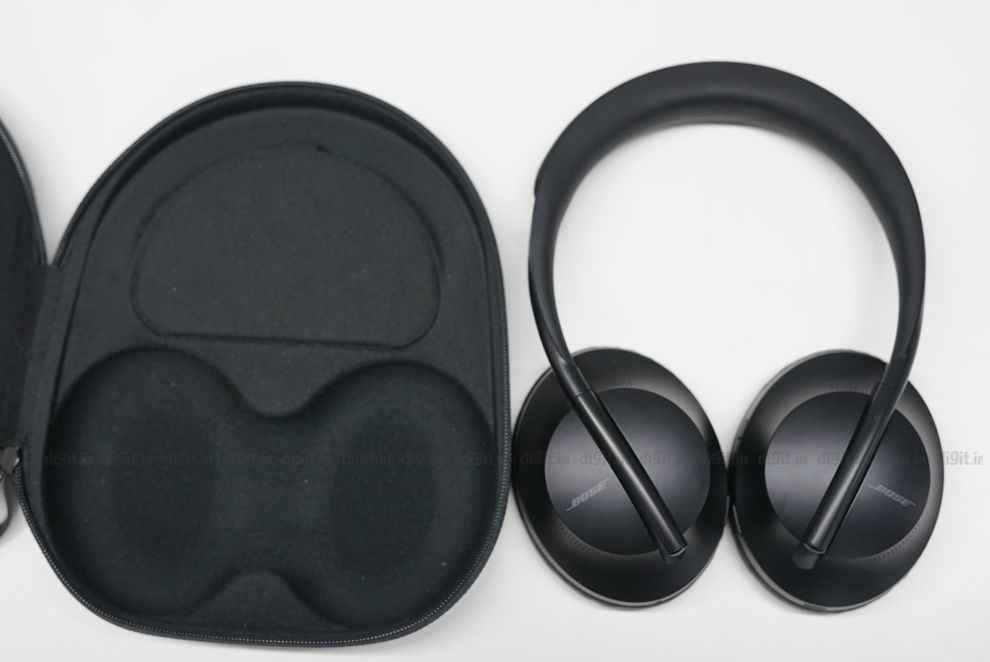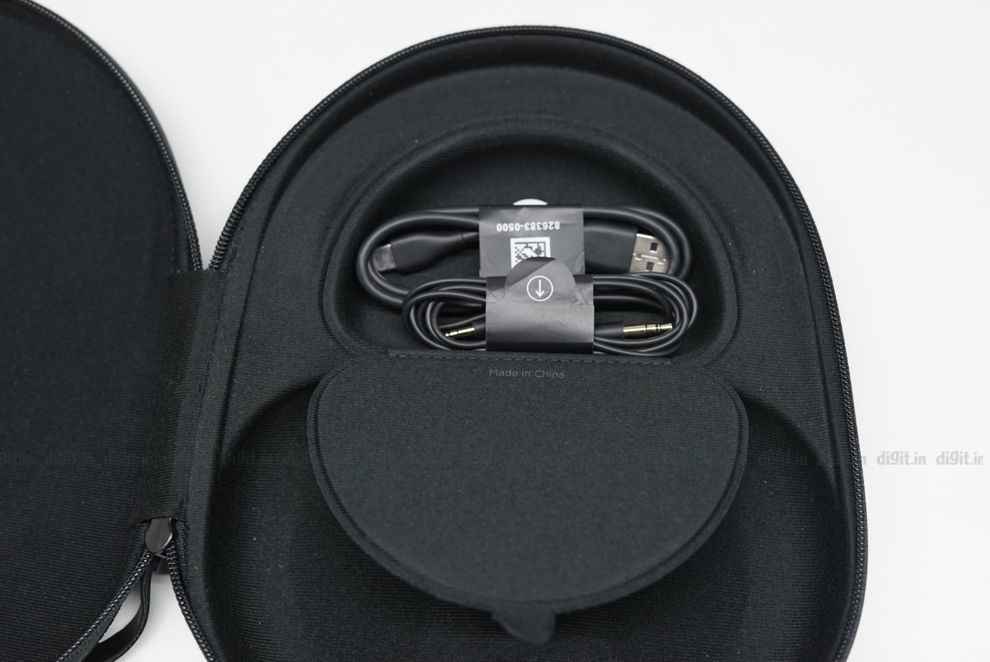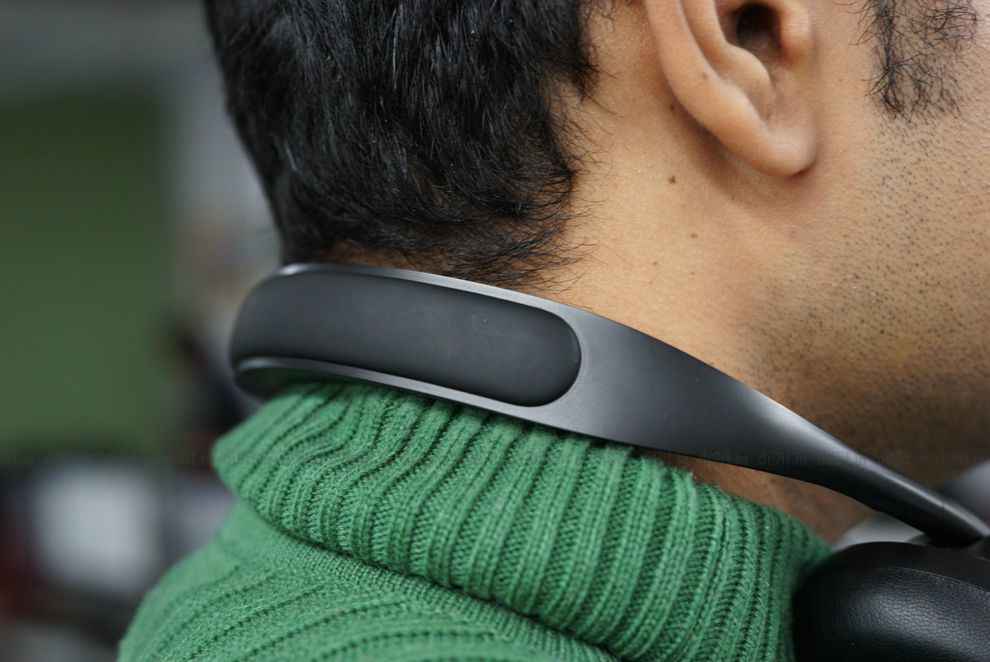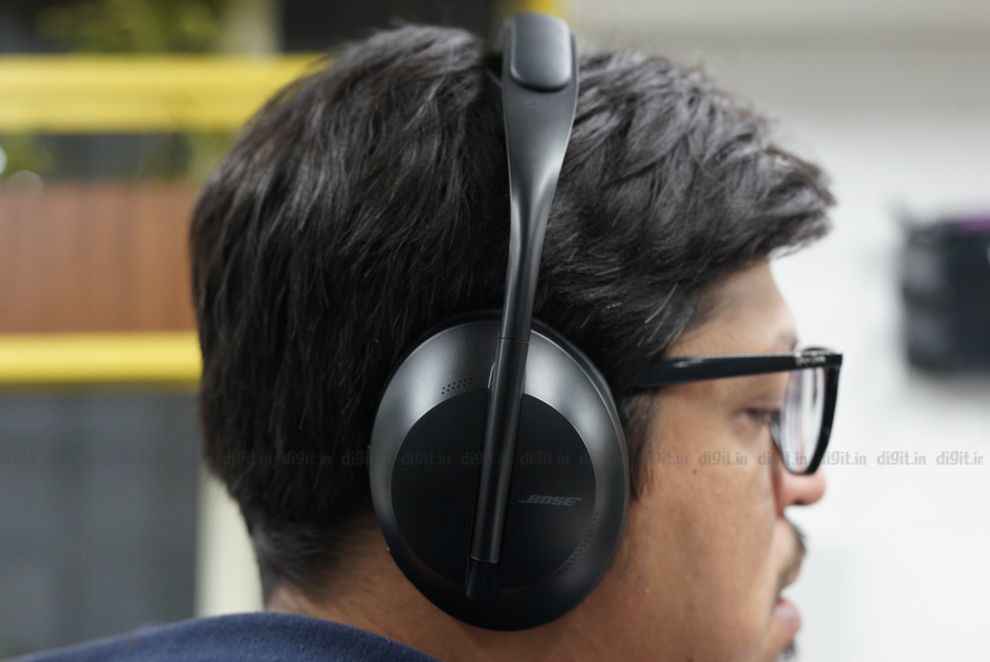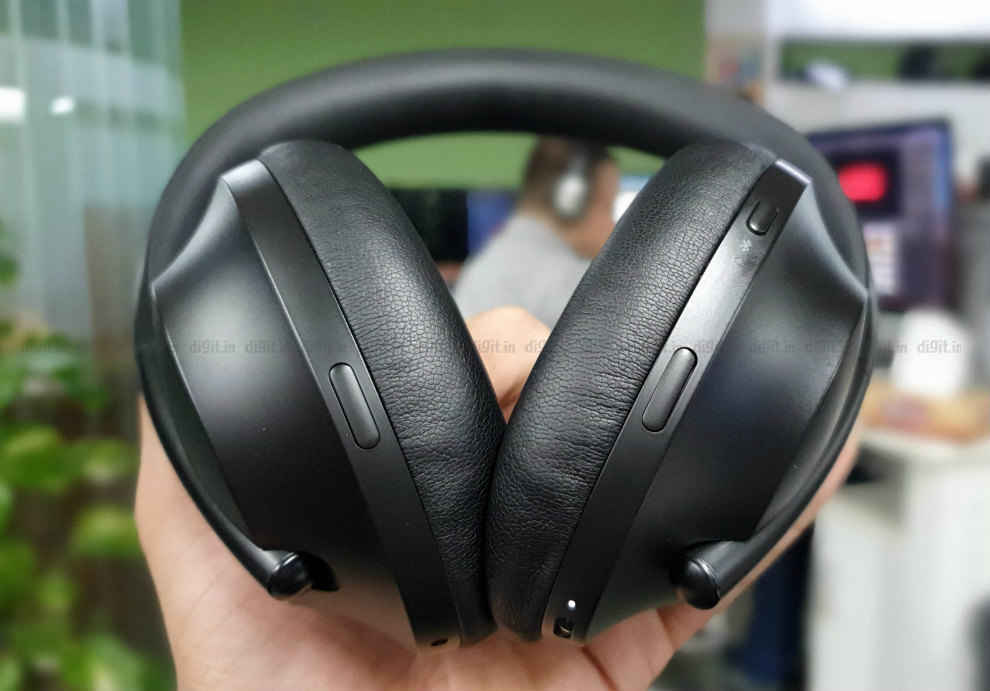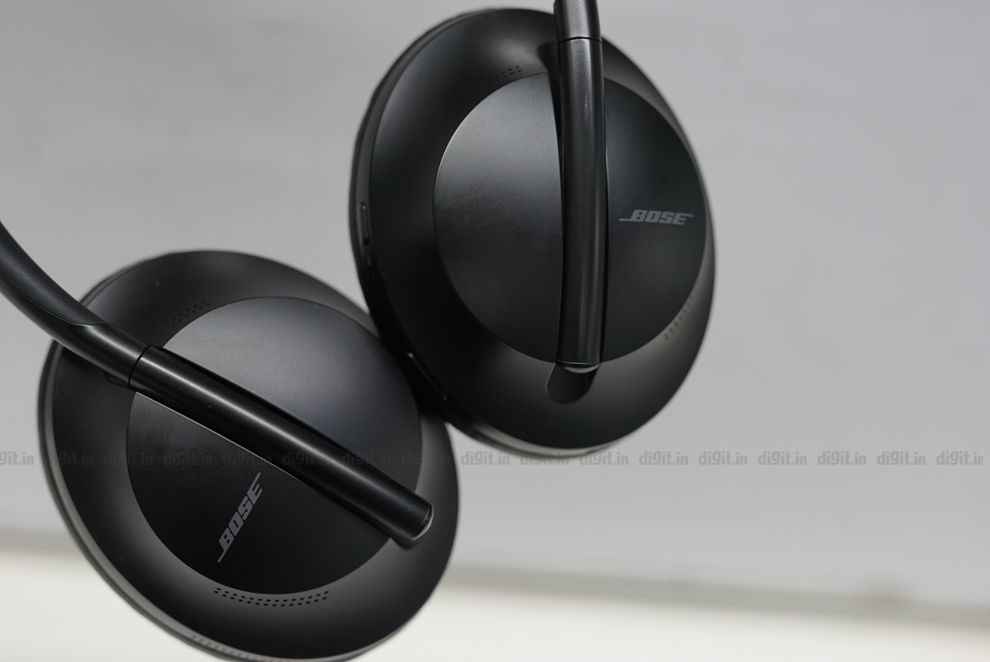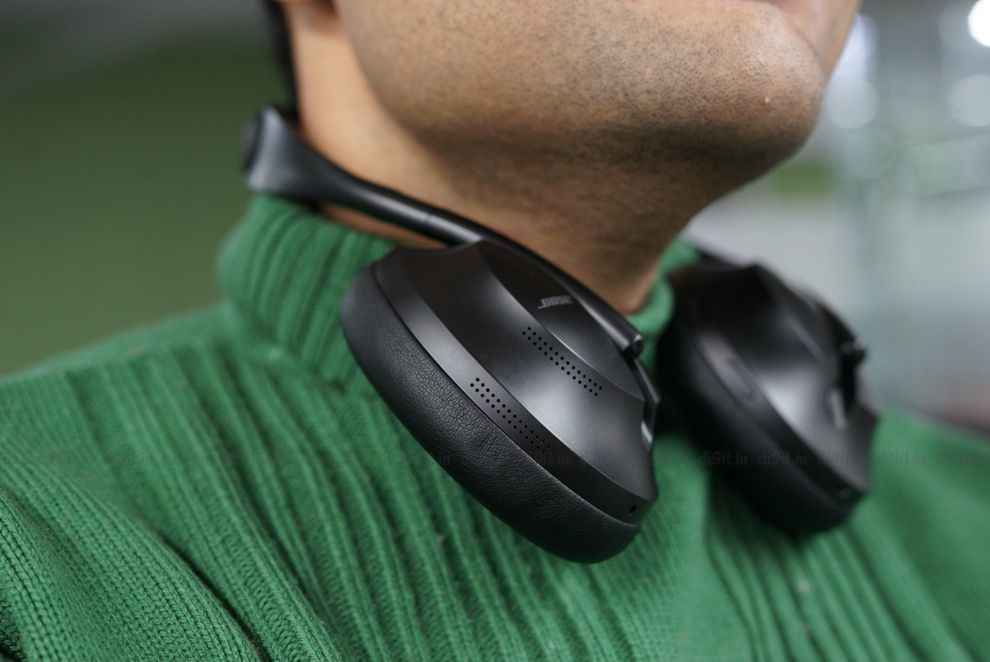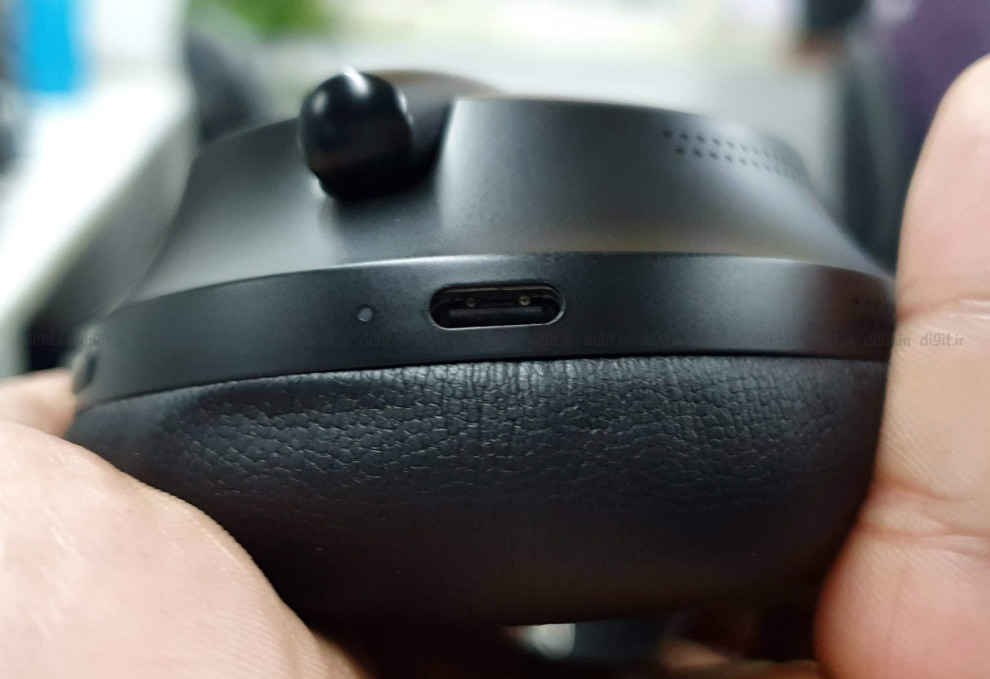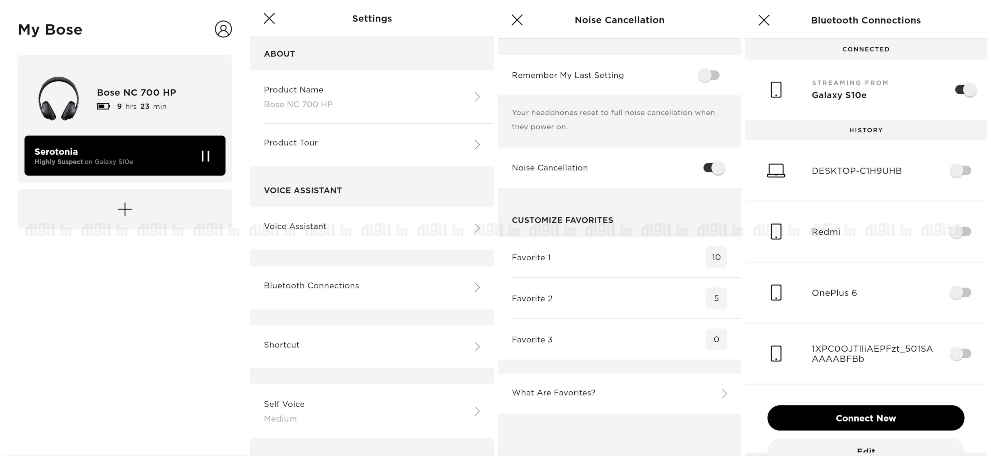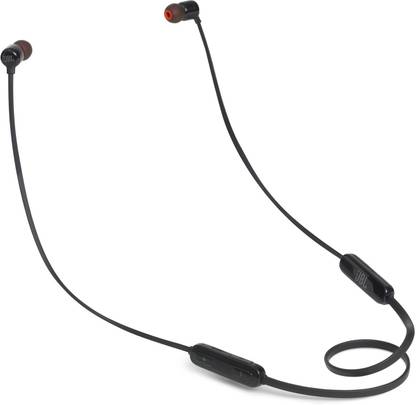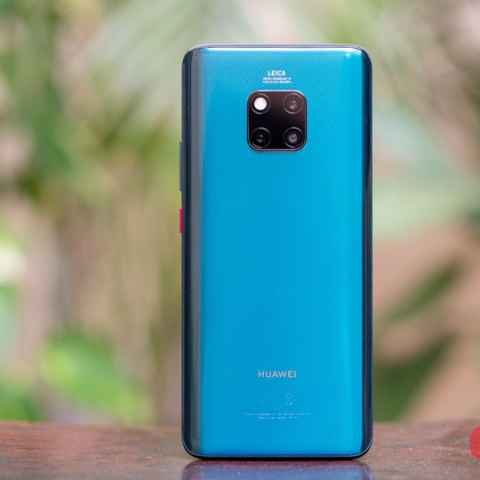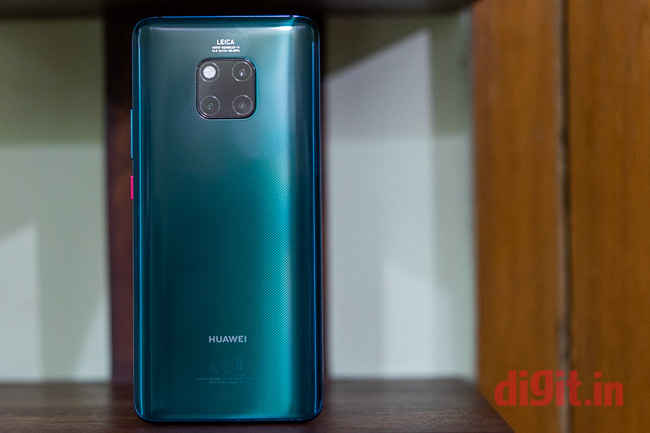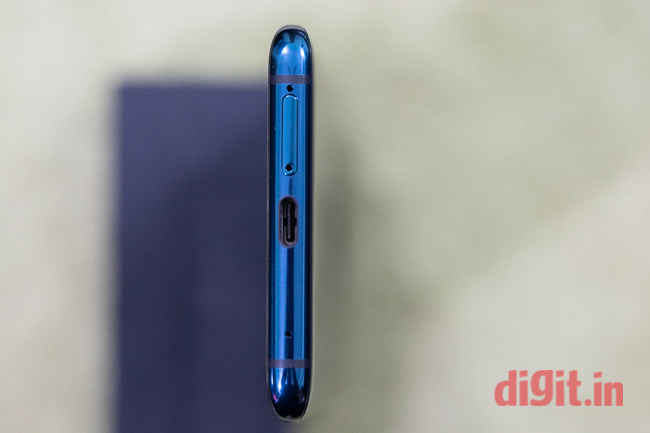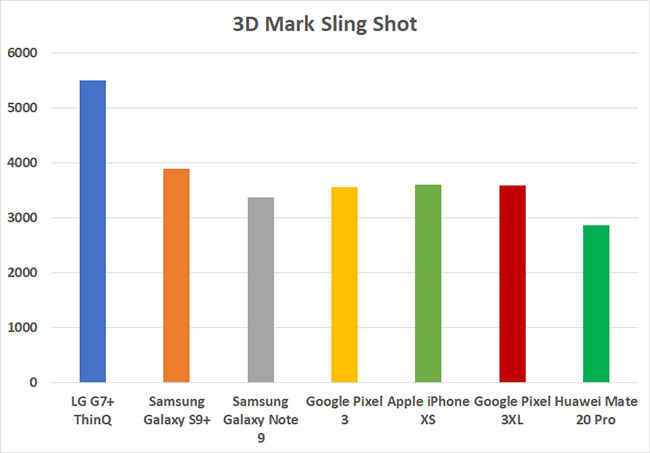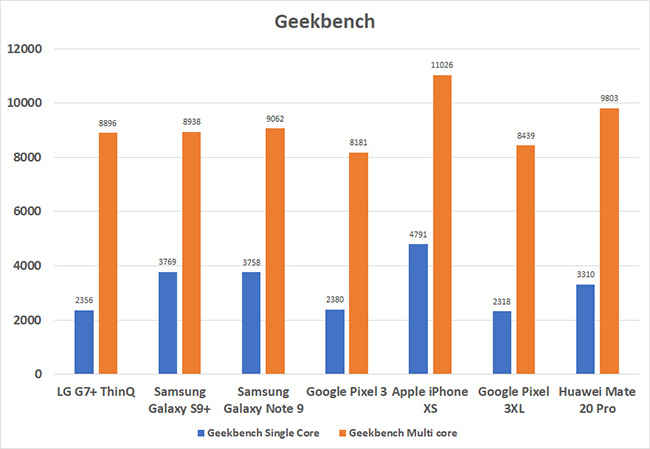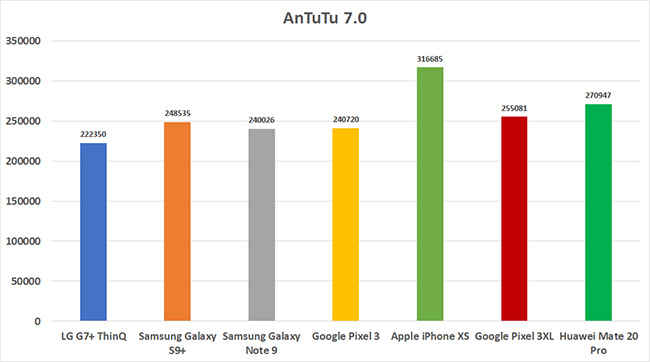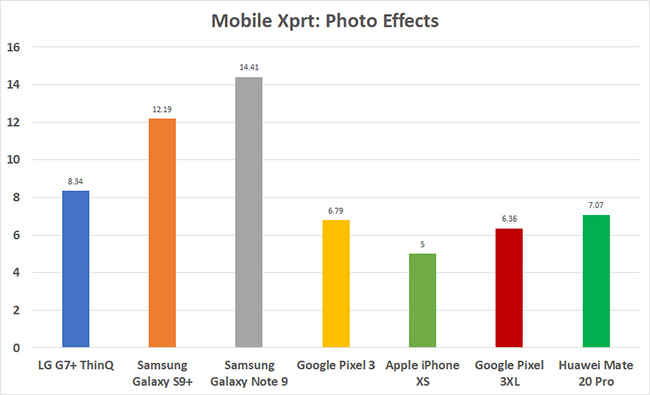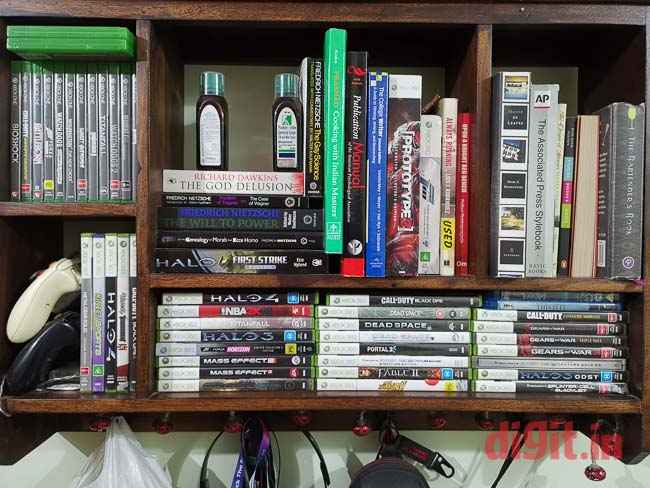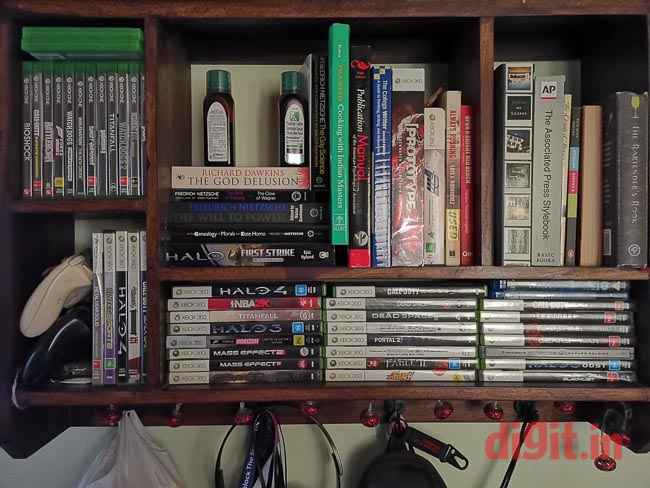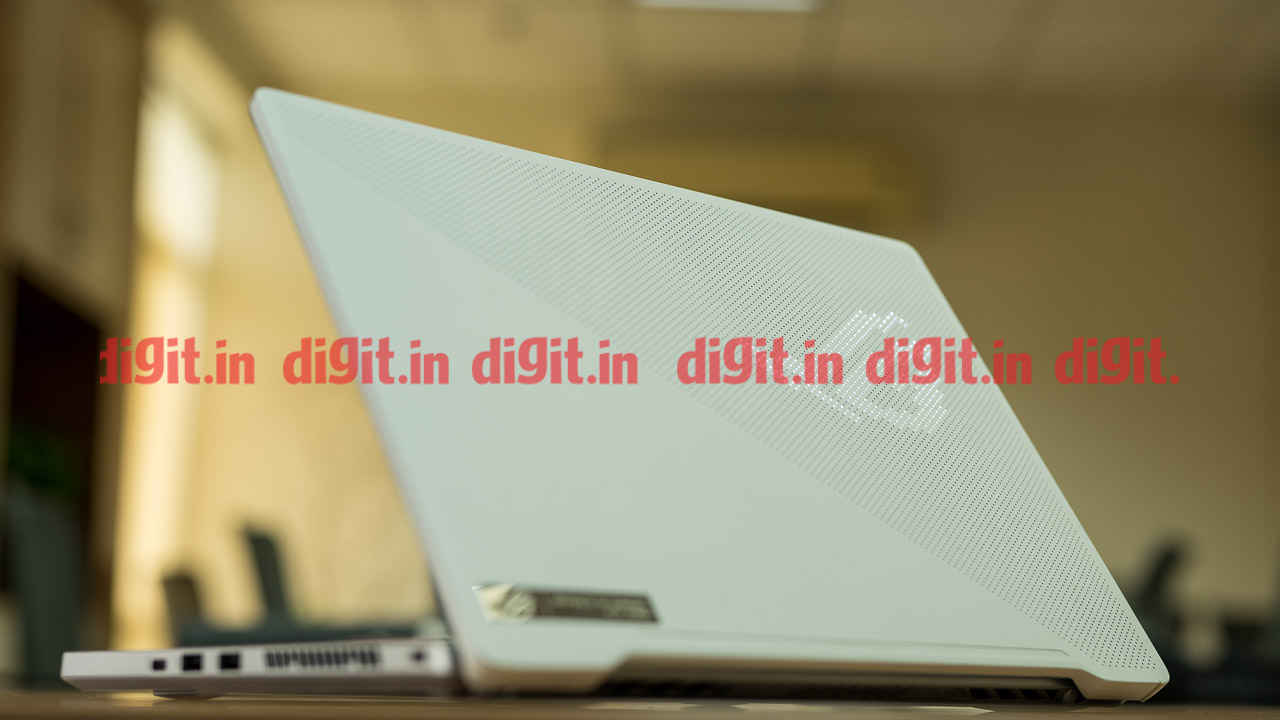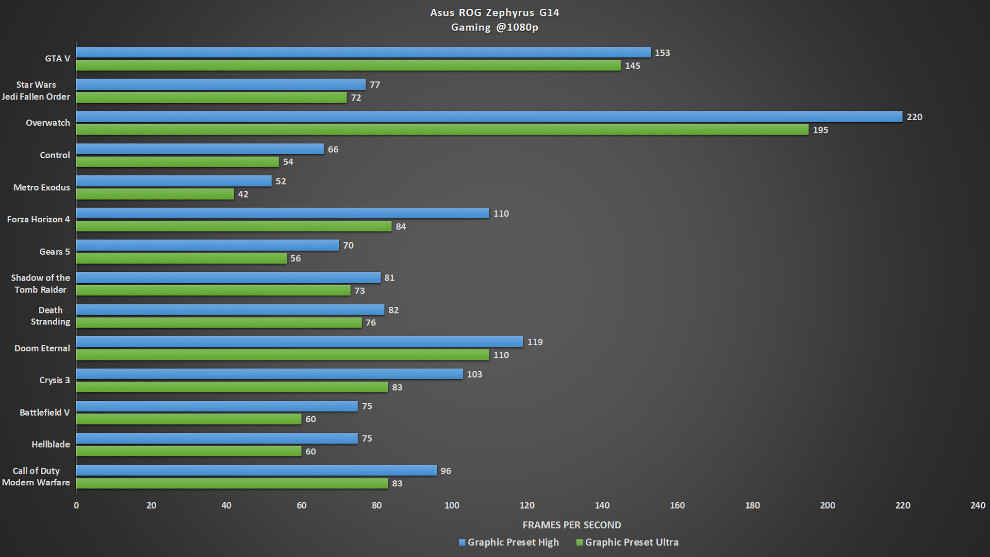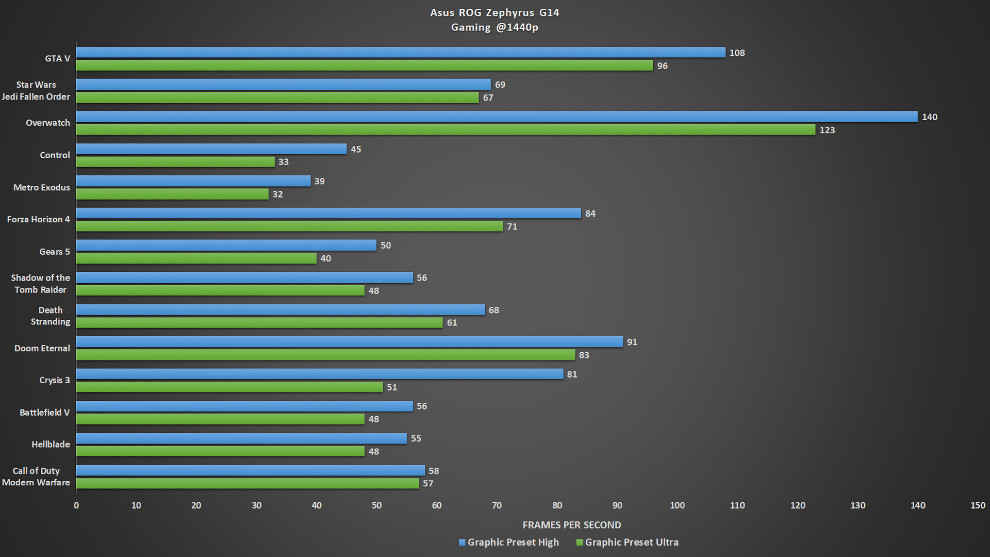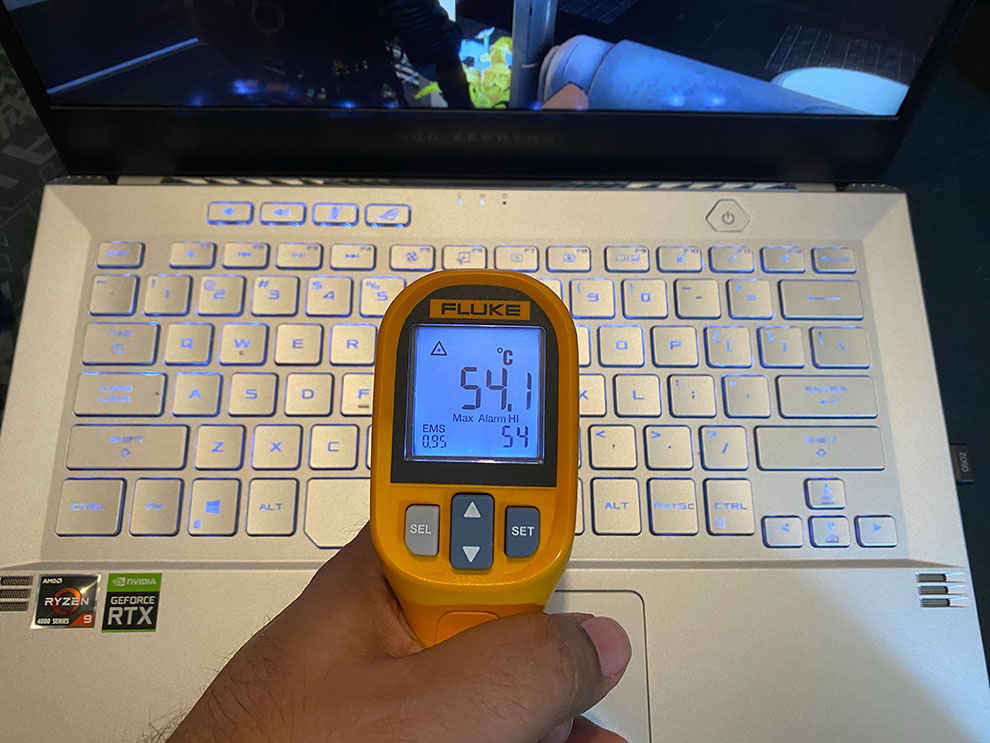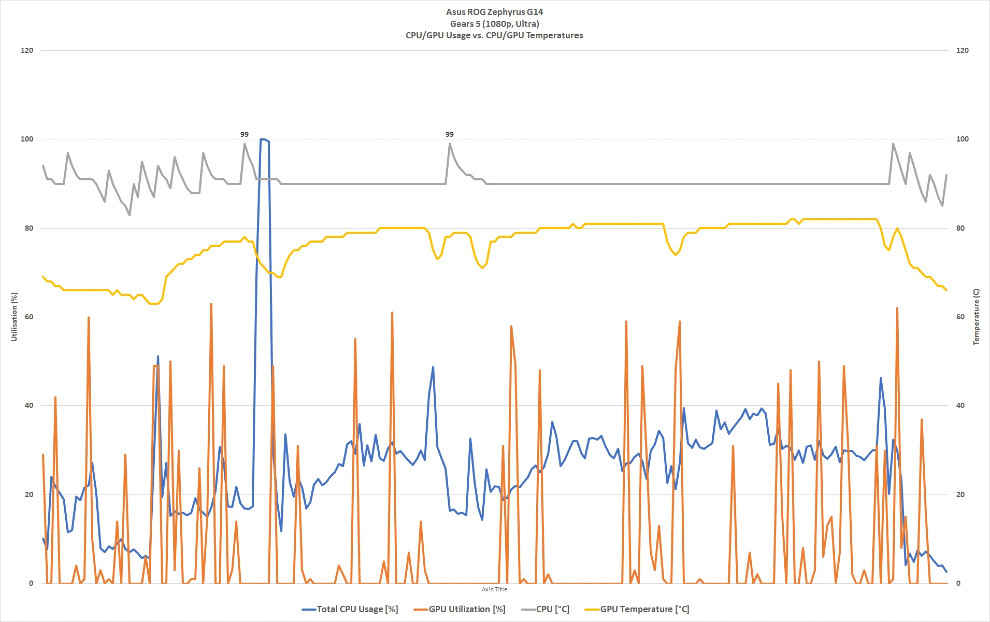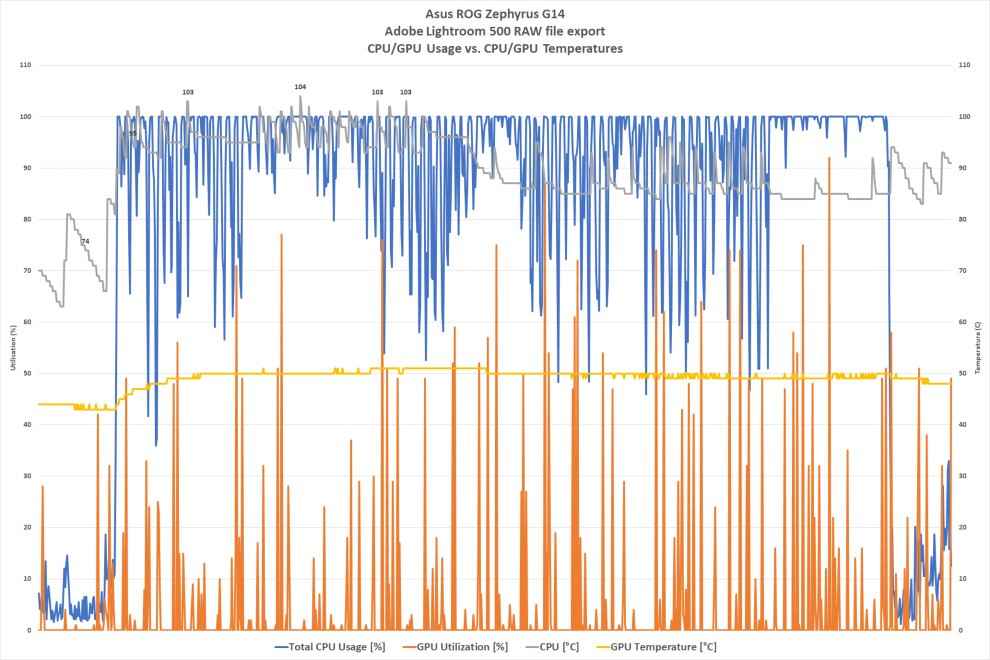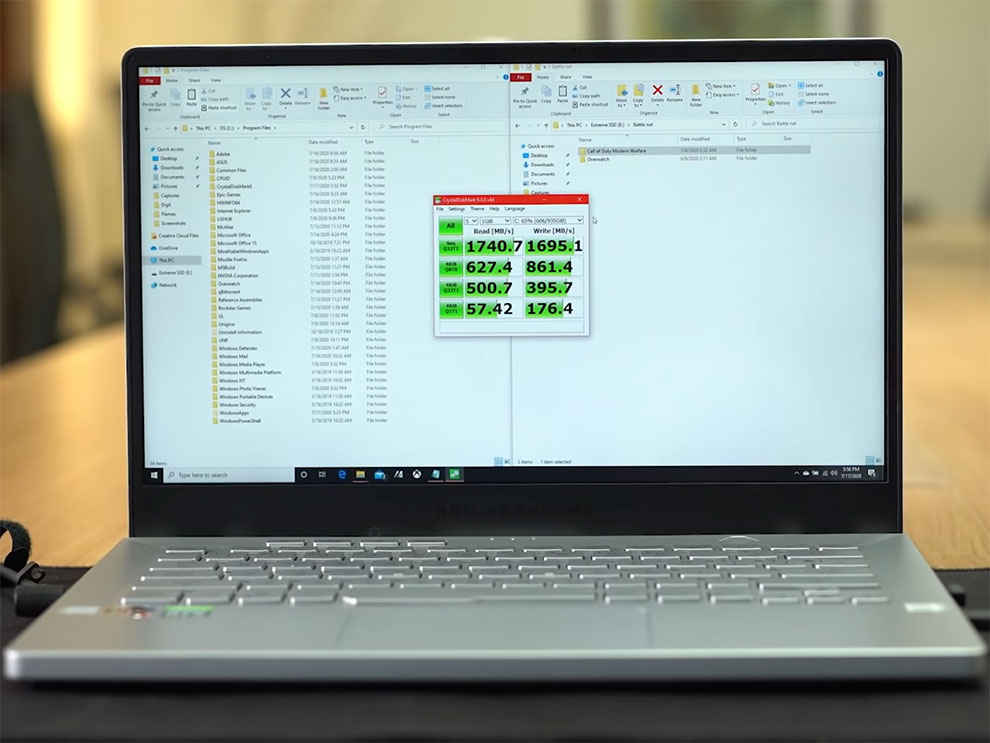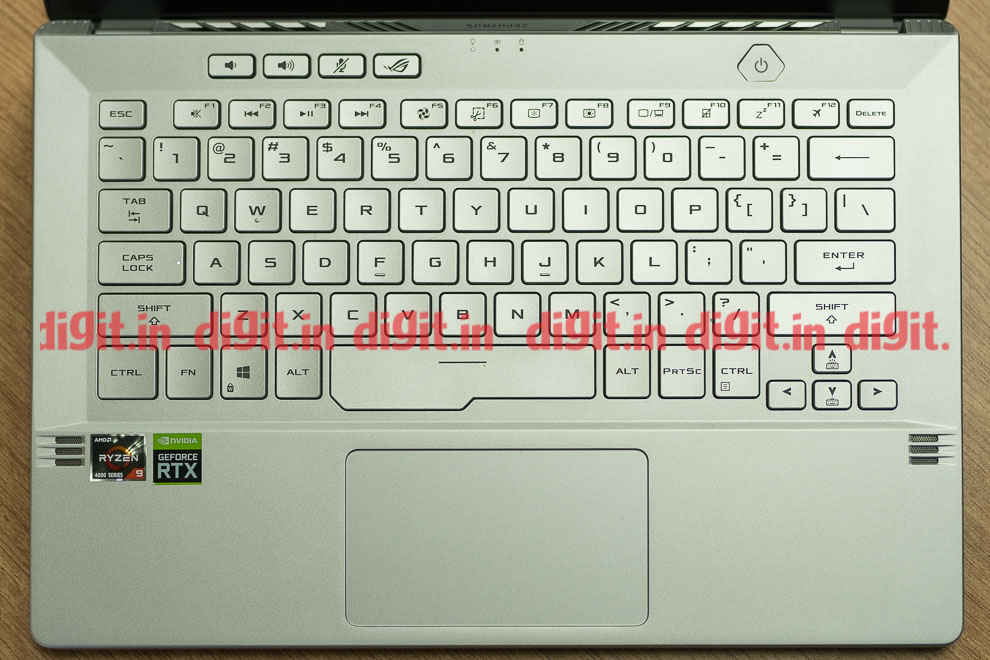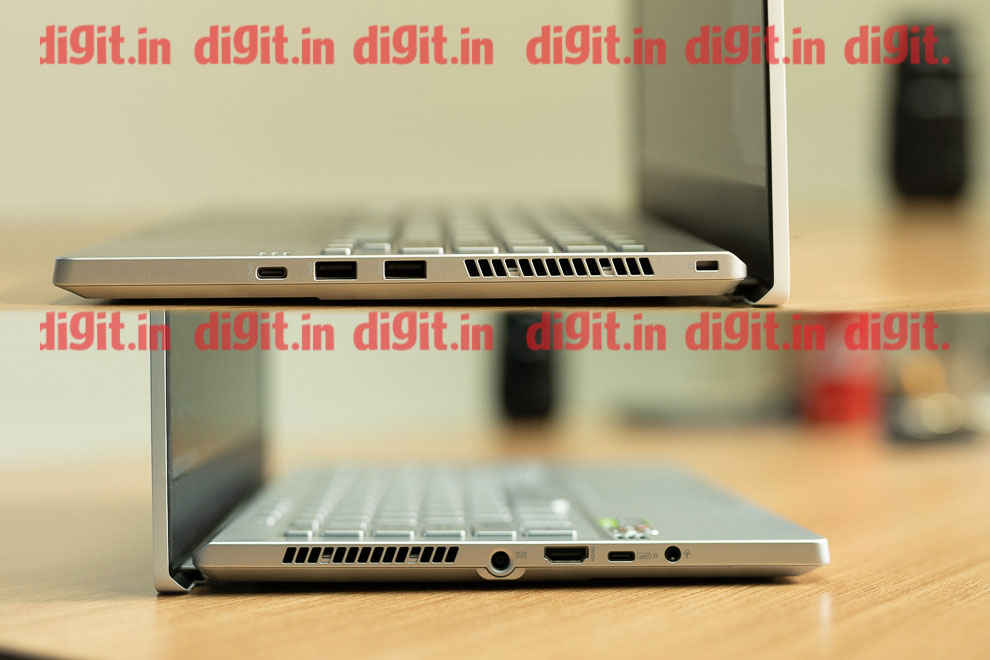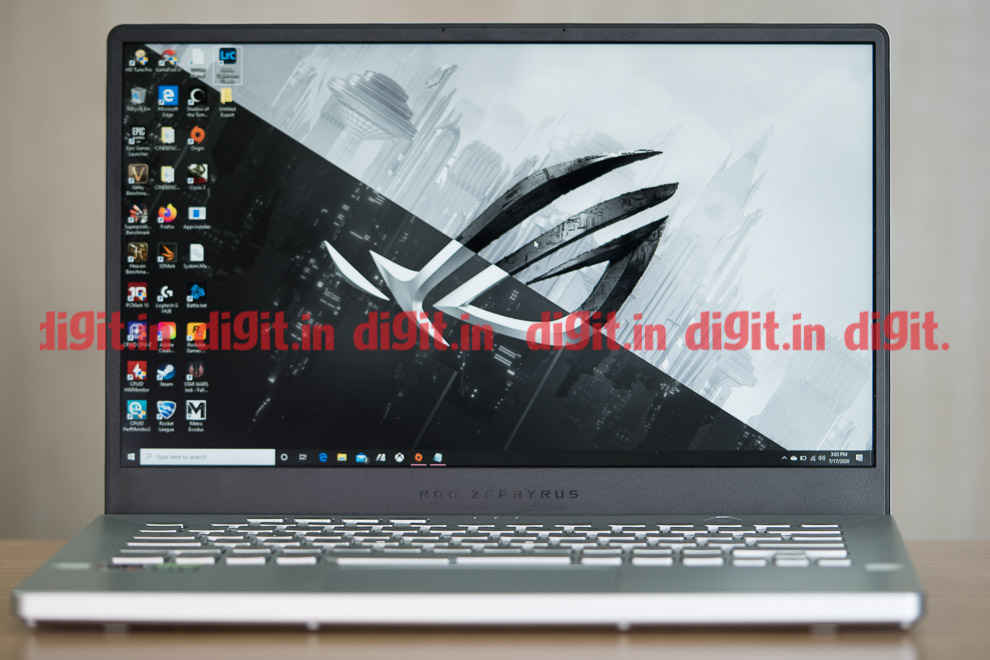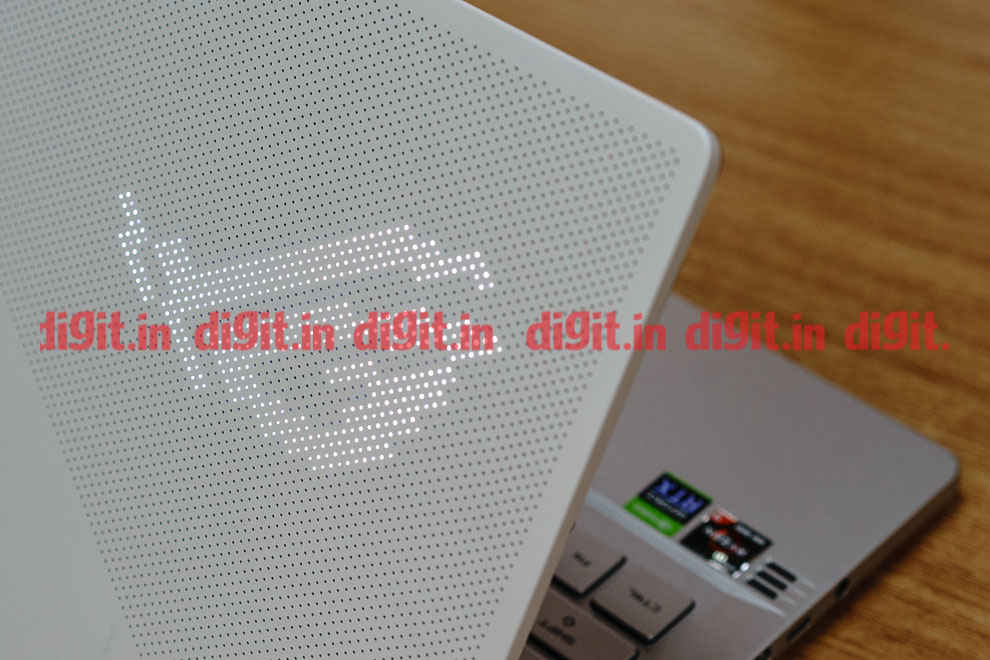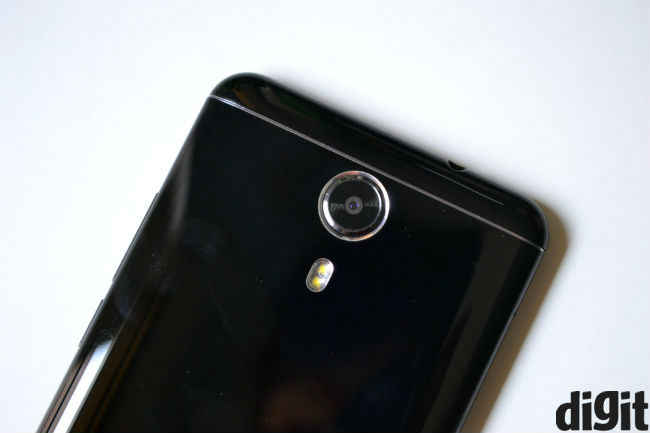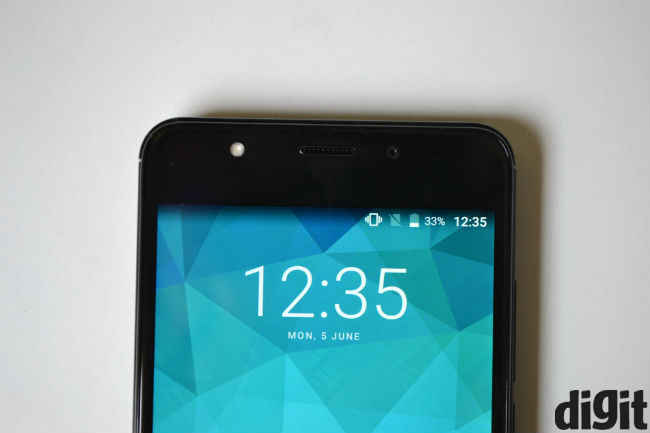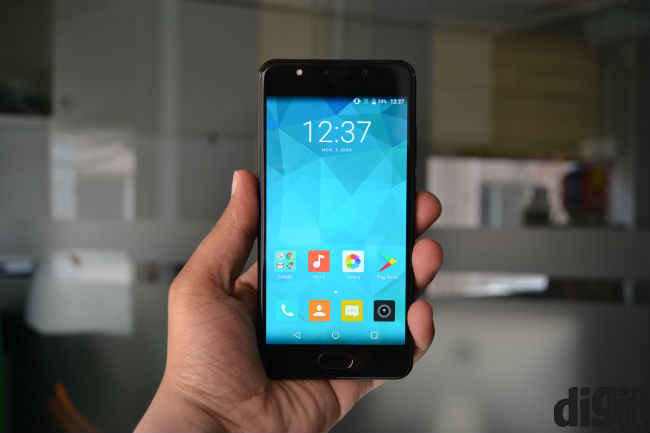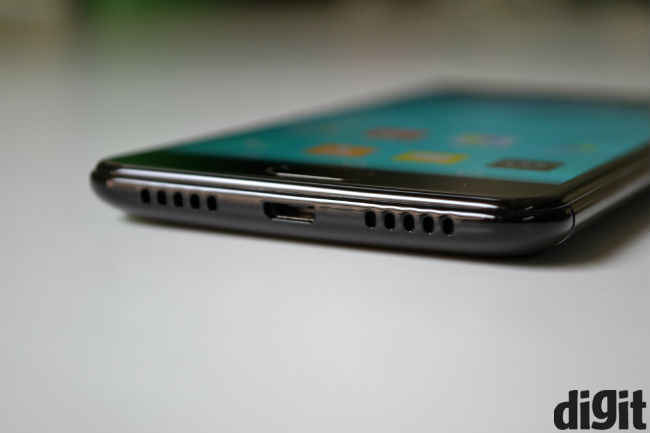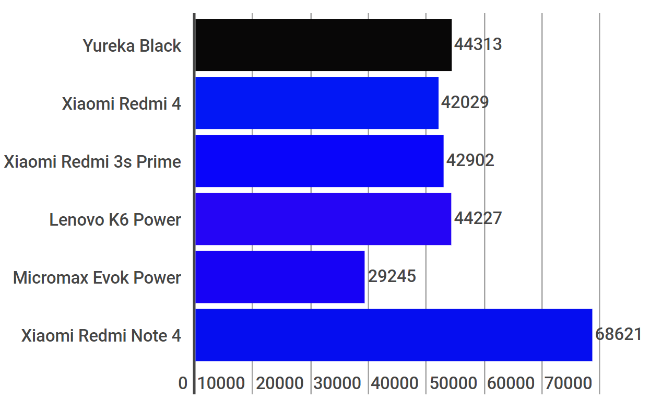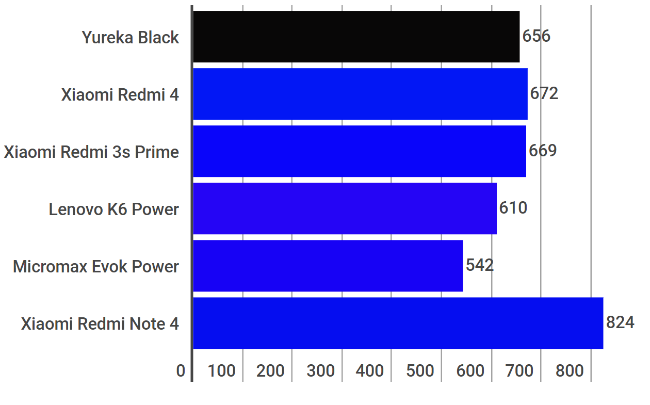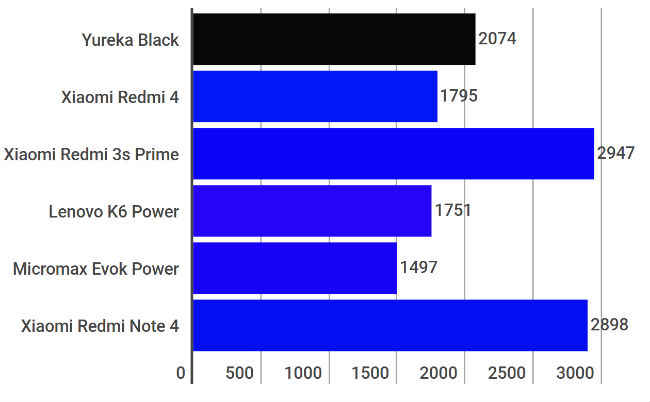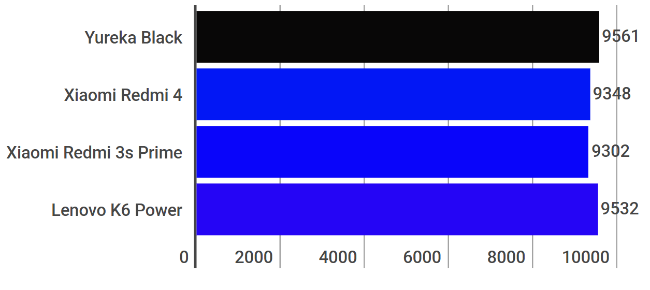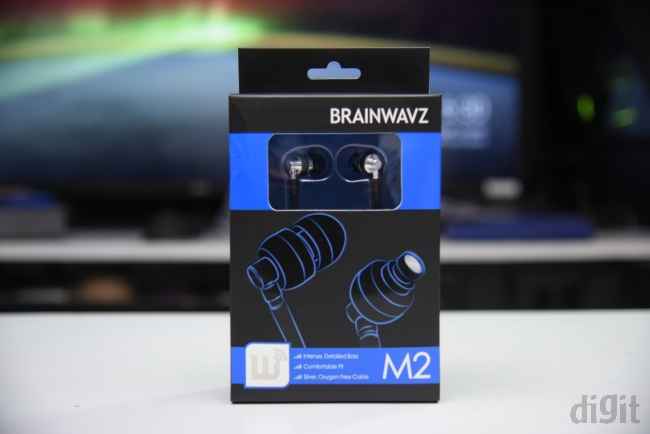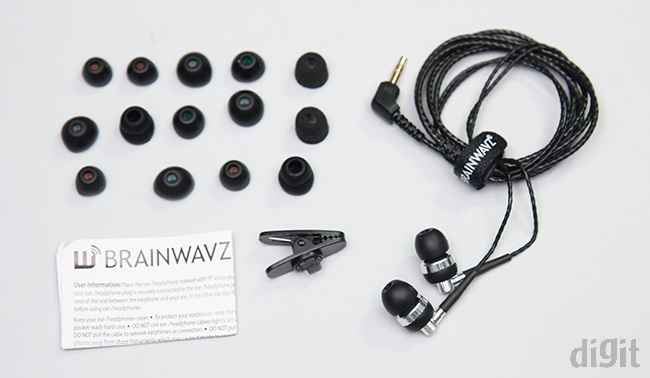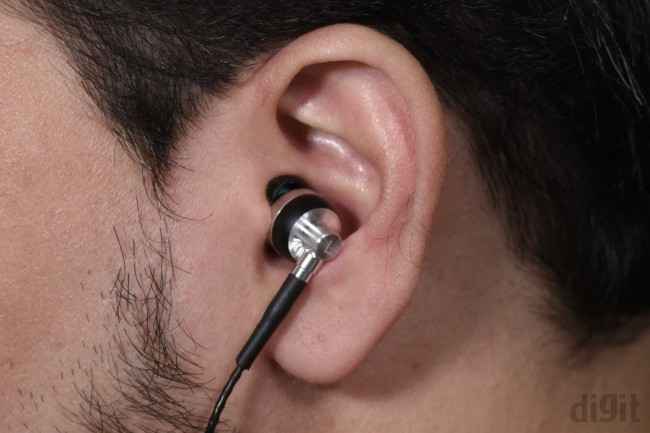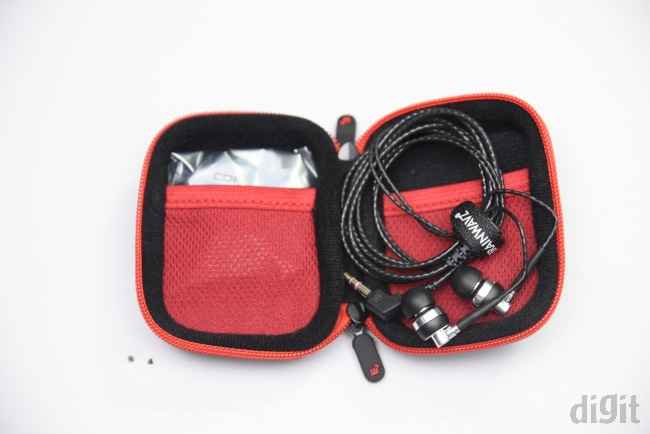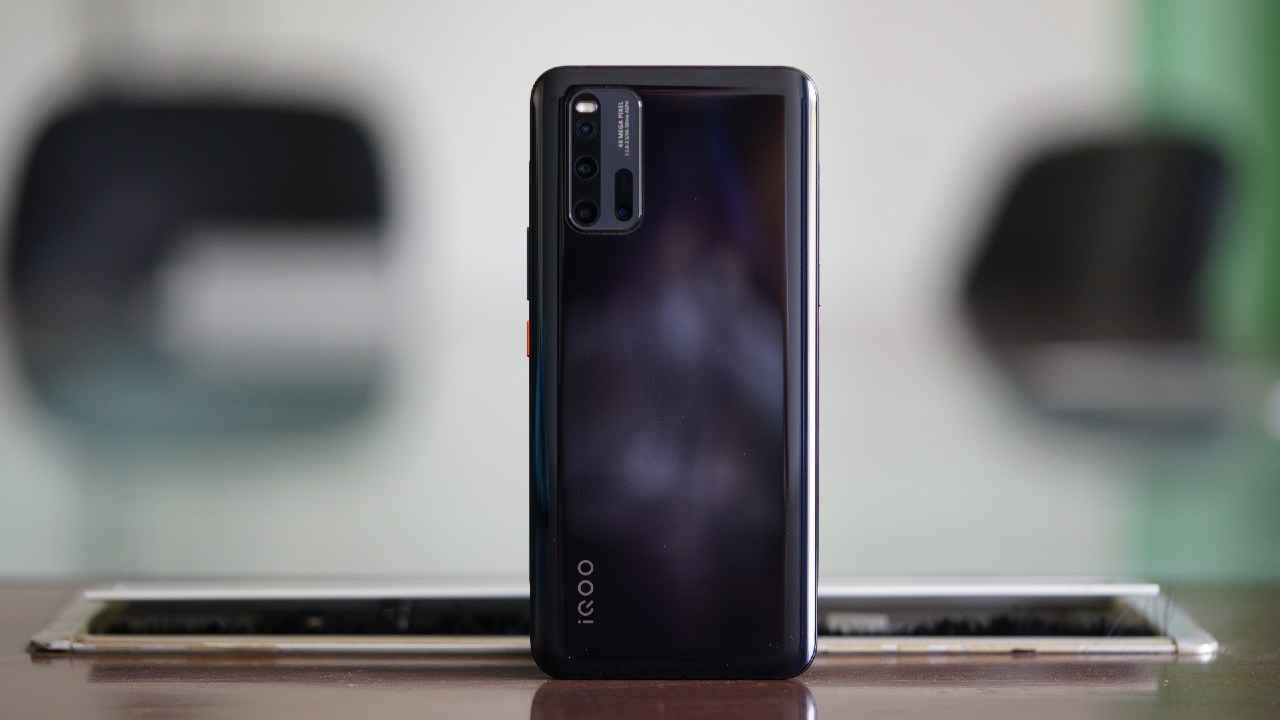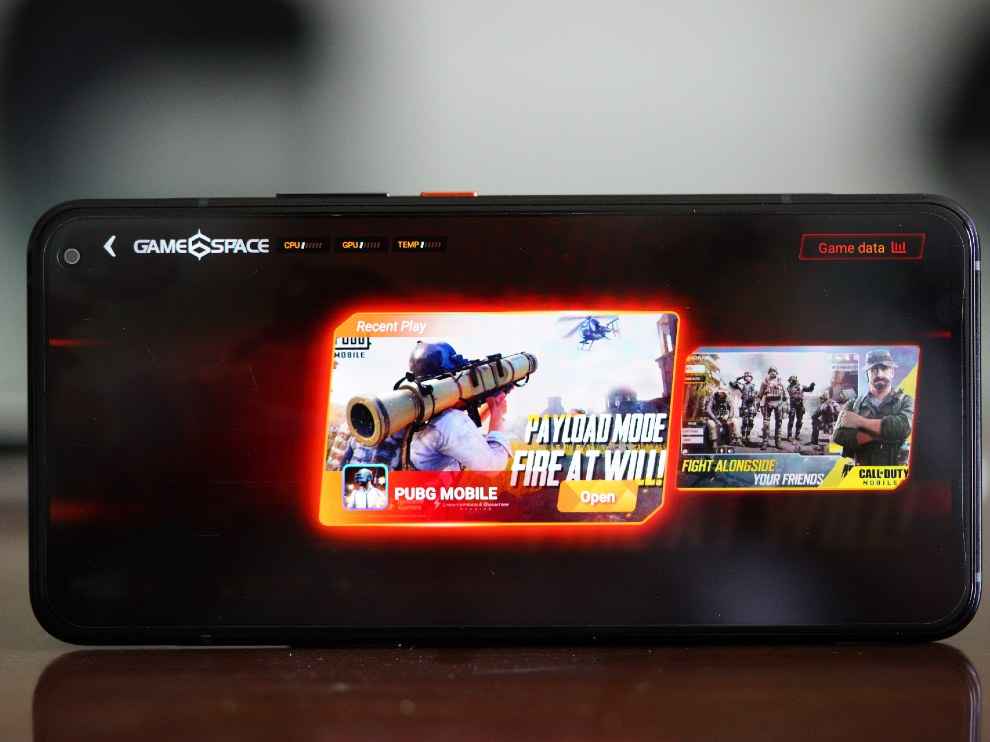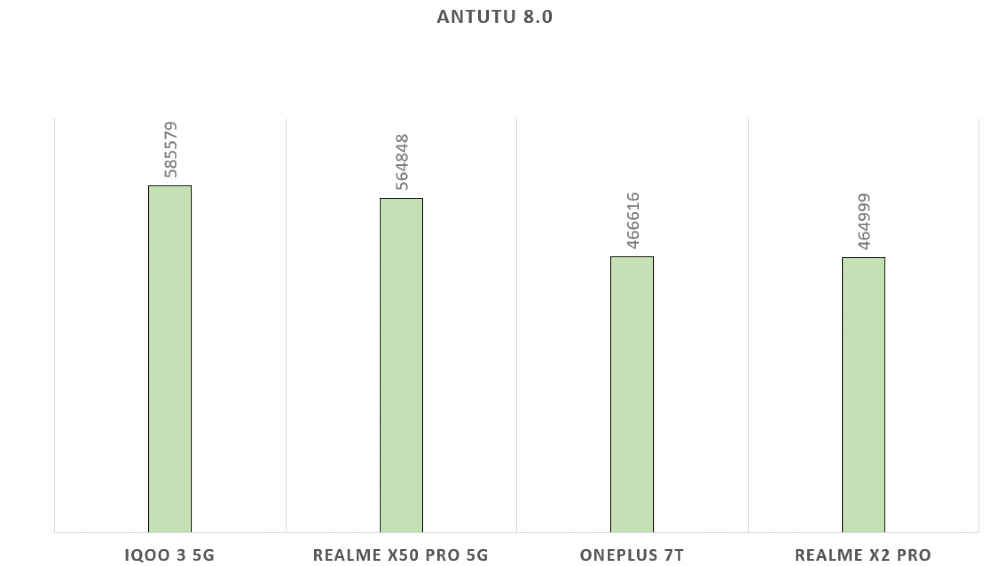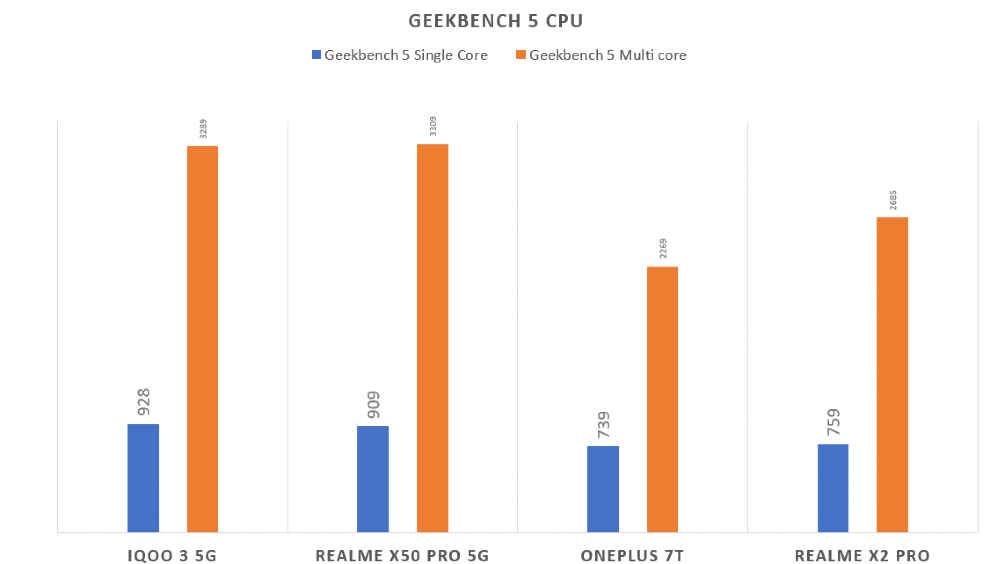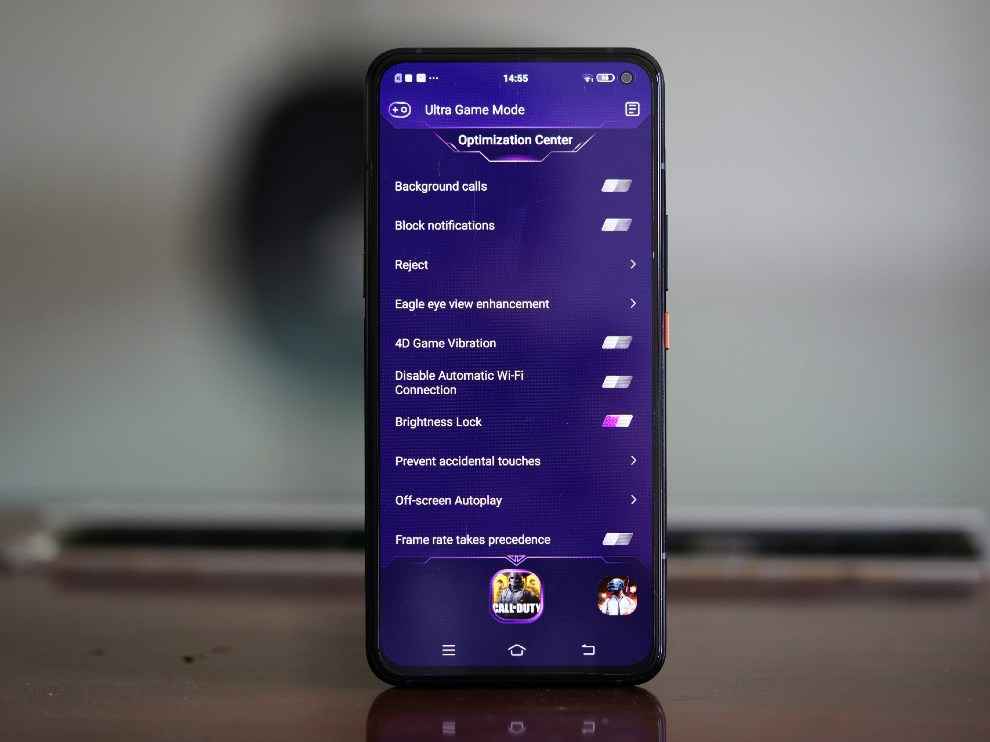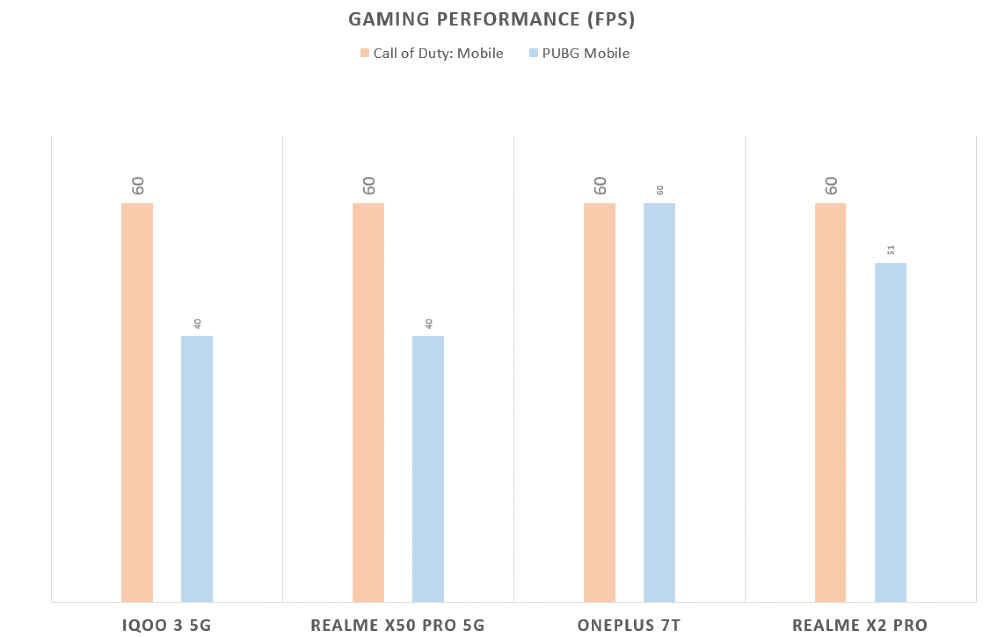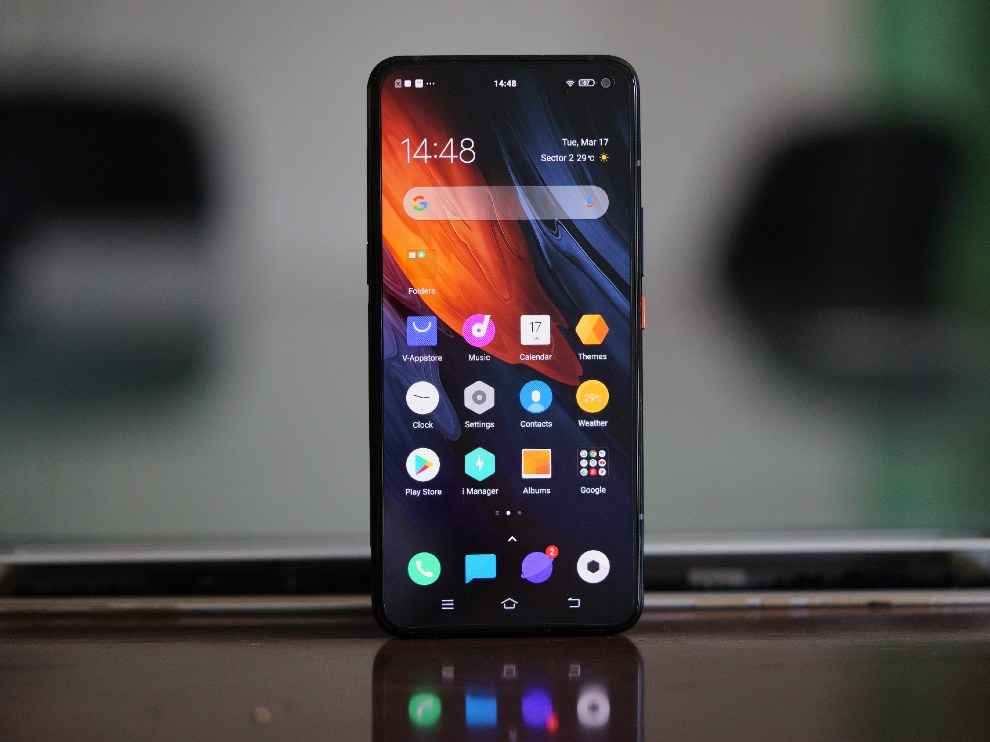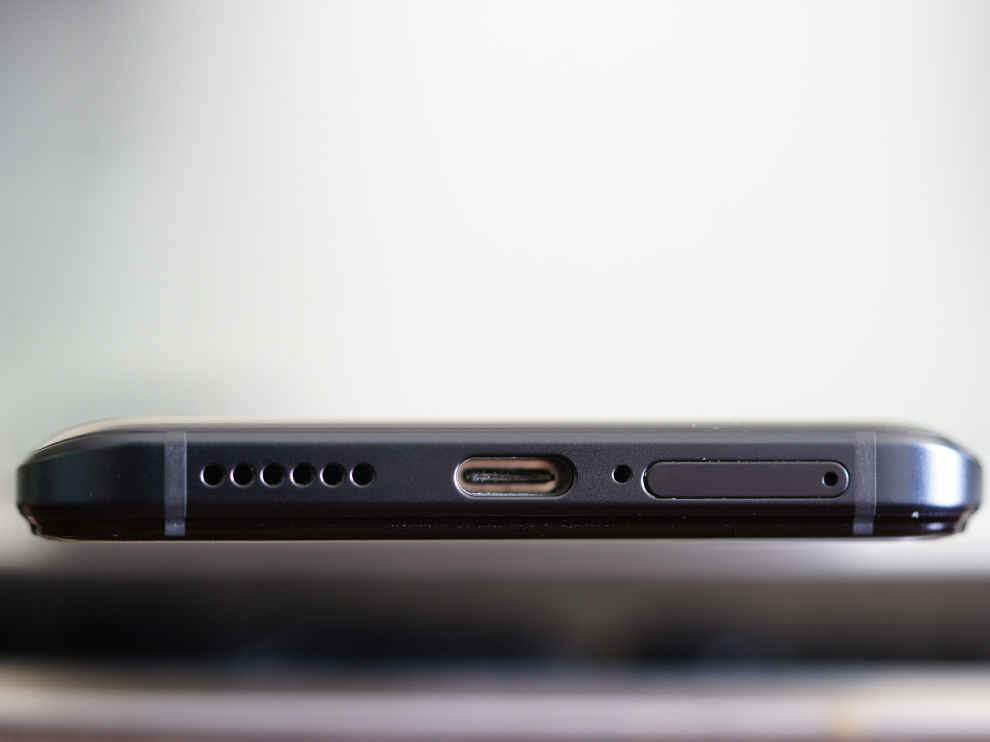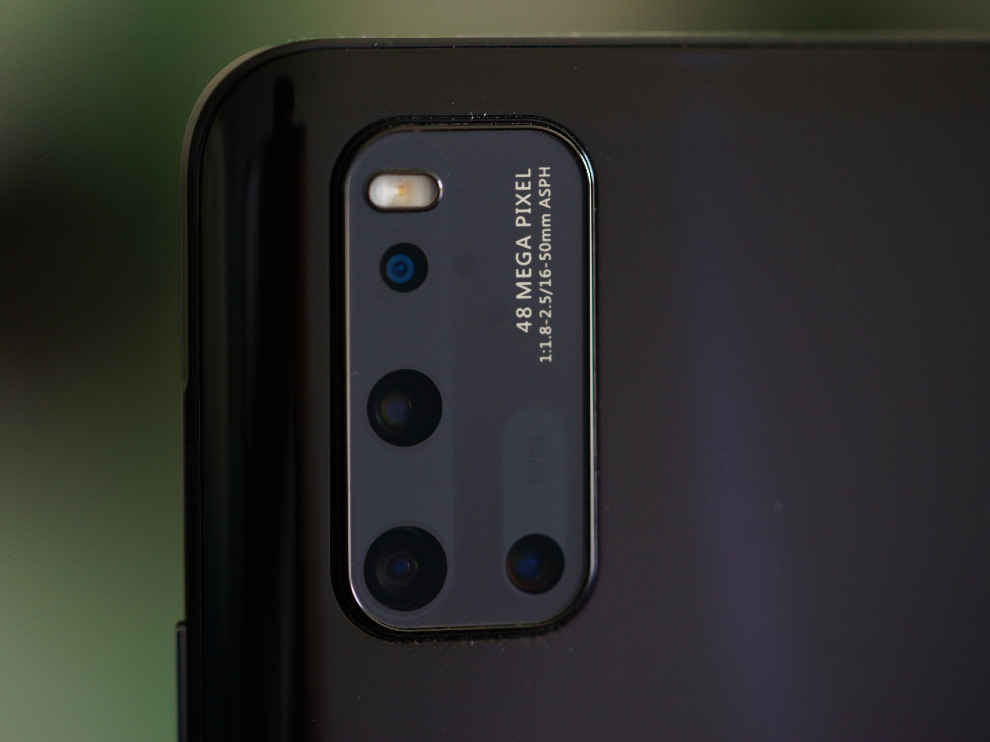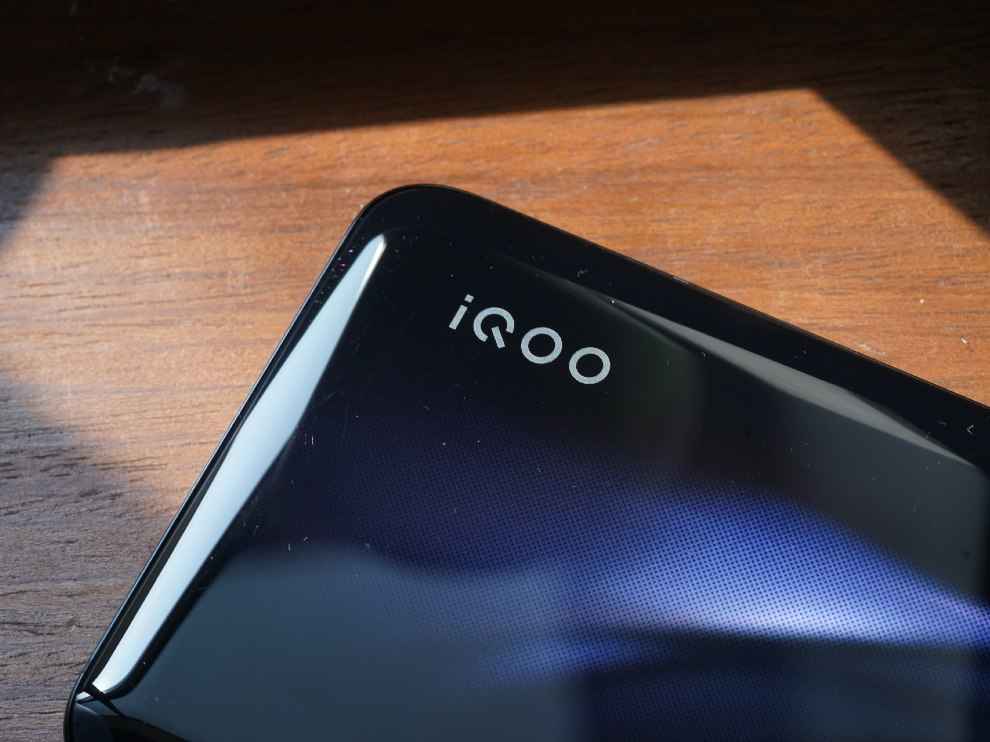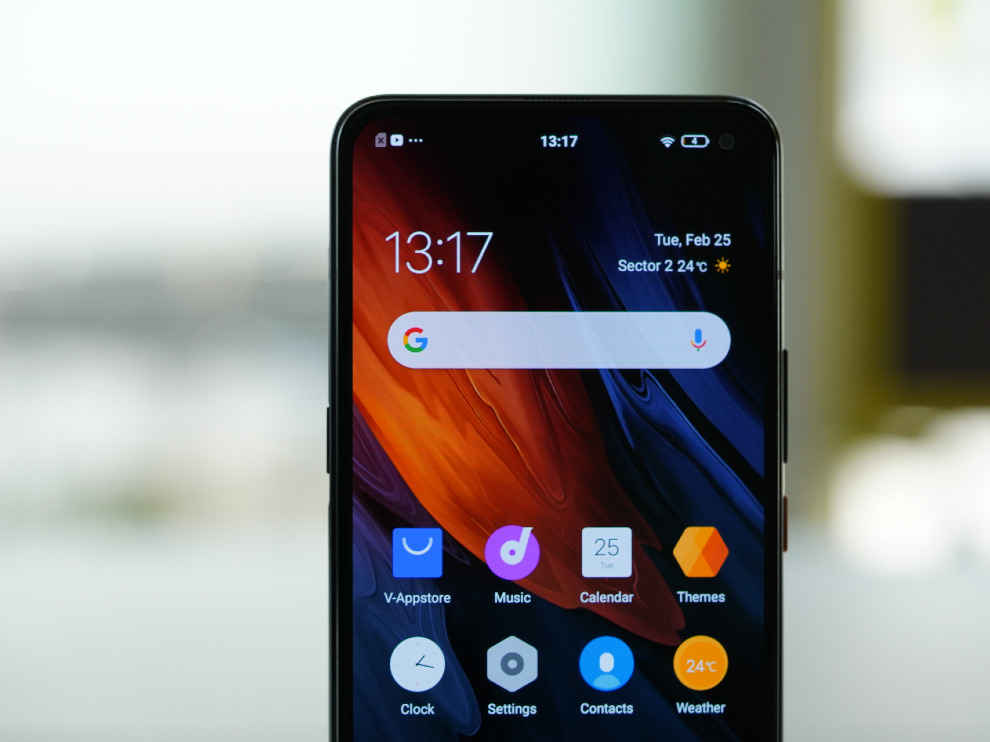Micromax Canvas Knight 2 detailed review
Micromax has been following Samsung's strategy of releasing as many smartphones across as many niches as possible, in order to maximize reach and sales. In the past month itself, Micromax has launched multiple devices (Canvas Spark, Canvas hue, and more). This strategy has apparently worked, since Micromax has overtaken Samsung in India, and is continuing to grow. We have in our labs the Canvas Knight 2, which is Micromax’s first 4G phone. One thing I would like to say at the outset is that Micromax has really upped its design standards, and while it may seem very ‘inspired’, for the end consumer, it is still an excellent design, original or not.
However, it is launching in a much more competitive market. No longer is Micromax the only star of budget phones, with manufacturers like Xiaomi, ASUS and more entering the market.
Design
At first glance, you would be forgiven to mistake the Knight 2 for an iPhone, but the lack of the circular home button gives it all away. Indeed, Micromax seems to look very much like the iPhone, like other phones in this segment (For example, the Mi4) The sides have very thin bezels, while the top and bottom have thick ones, similar to the iPhone. It does look really good, and the back is covered with Gorilla Glass 3. It looks and feels premium with the use of glass and metal in its construction. Micromax earlier used to cover its phones with plastic, but now it seems to have upped its design standards. It is light, but not too light, giving it a sturdy feel. Some phones are very light, making us a bit anxious when handling them.
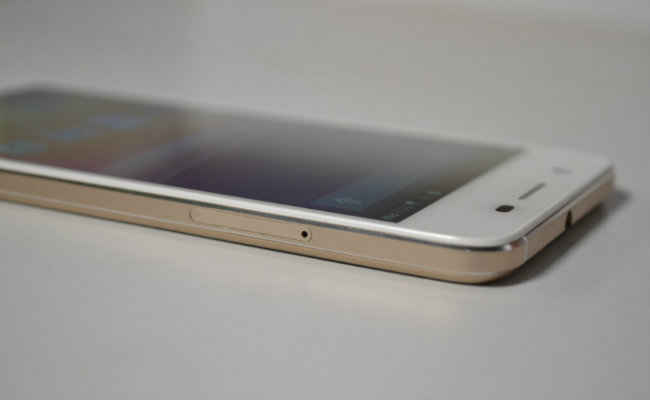
Coming to the slimness, it is wafer-like at 6.3mm. It bests several phones in this segment, and is in fact thinner than more expensive phones. While it does look good, is it comfortable? For the most part, yes. The Knight 2 is comfortable to hold, with its compact build, but I have to say it is quite slippery. You should probably put on a case to make it easier to grip. The one odd thing I noticed was that the power and volume buttons were on the wrong side. Well, the placement wasn't wrong per se, but it took a little getting used to, since most devices have their power buttons on the top or on the right side of the device.
The buttons are nice and tactile, but I would have preferred them to be just a tad more recessed, but I am just nitpicking. On the back, you will find a camera on the top-left, accompanying a dual-LED Flash and it just furthers the iPhone-esque design aesthetic. The back does attract fingerprints due to its glossy nature. The sides are golden in color, but are not tacky. Overall, I would say Micromax has executed the design part well, but if you are looking for something unique, this is not it. You shouldn't be shopping in the budget segment anyway if you had uniqueness in mind.
Display
Micromax has fitted the Knight 2 with a 5-inch HD AMOLED display. We are increasingly coming across midrange phones using AMOLED displays, which are generally better in terms of contrast and color vibrancy. Though the key advtantage with AMOLED screens is on the power consumption side.

The screen is satisfactory in sharpness, but many other phones in this segment have better full HD screens. While at the upper-end, manufacturers are coming out with Quad-HD Screens, I feel they don't make much of a difference even as they compromise on battery life. The colors on the Knight 2’s screen are over-saturated. Yes, all AMOLED screens do over-saturate, but many manufacturers have managed to do it right. For me, the screen over-saturates too much.. It is a matter of personal preference, really, and you may prefer exemplified colors. Test out the Knight 2's screen at a store near you, to see if you prefer the over-saturated screen.
Another thing I found was that whites weren't pure. They were yellowish, and it was very visible. This stark difference in the whites was exemplified when I compared it to another phone. By virtue of it being an AMOLED Screen, blacks on the the Knight 2’s screen are as black as they can be, since the screen actually shuts off pixels where the color is black.
UI
The Knight 2's UI is as close to stock as possible. Micromax hasn't really changed the design all that much, and has made small tweaks here and there, but there's no comprehensive OS-wide skin like Samsung's Touchwiz or HTC's Sense. And that's a good thing, since stock Android is the best in our opinion. It is faster and cleaner. Micromax has put some bloatware in the phone, which no one really needs. The phone comes with an App Center, Mannons video app and Swiftkey, along with a few other apps that cannot be uninstalled. Thankfully, Swiftkey is useful, and the others don't take up much space.
Camera
The Knight 2 has a 13MP Camera with a dual-LED Flash, but as camera aficionados know, megapixel count doesn't directly co relate to performance. The sensor is a Sony IMX 214 variant, which is also found in the OnePlus One and the Mi4. However, just having the same sensor doesn't mean similar performance, as the quality of the lens also comes into play. The camera is pretty decent, and is sharp, but when you look carefully, you will see that most smaller details aren't sharp at all, and images look smudged. This effect is exemplified in low light conditions, where at the center details are captured decently, but around the edges, it looks a bit smudged. The white balance is really off, and the camera over-saturates a lot.

Pictures taken in low-light have a yellow-green hue sometimes, and even outside, the white balance is off. You have to manually adjust the white balance to get good pictures. Sometimes, the pictures come out all right without doing anything, but usually, you have to tinker around to get a good picture. Except for the white-balance, I would say the camera is decent, but not noteworthy. The front-camera too is decent and detailed, but like most other front-cameras, it suffers in low-light. The pictures, given ample light, come out good usually.
Micromax Knight 2
Performance
Micromax has fitted the Knight 2 with a 64-bit octa-core Snapdragon 615 Processor, which is pretty capable and has started to appear in many mid-range phones. In real-life usage, the Knight 2 is pretty swift, with UI navigation being smooth and apps opening quickly. We did see it skipping a second here and there, and sometimes, it lagged when opening apps, and the camera. The task switcher took a second or two to show the apps, and scrolling lag was seen in some areas. In my opinion, wireless performance wasn't satisfactory, with the signal sometimes dropping out just a room away from the router, while other devices were able to get strong signals. It was a bit unstable, with the signal sometimes dropping out in the same room, but this happened only once.
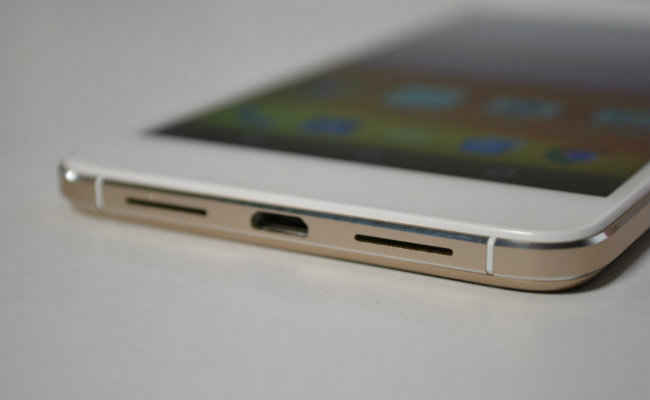
There's a very significant heating problem, as has been the case with most Snapdragon 615 devices. Just opening a few apps, and that too very resource-friendly ones, caused the device to heat up considerably, especially at the center of the back of the device. At one point, I had to place the phone down. When it got heated up, naturally, performance took a hit, and just swiping across the launcher showed some lag. Left to itself, it cools down very quickly, but once you start using it again, sometimes the heat comes back.
Gaming performance is satisfactory. In Asphalt 8, I tested using the highest quality setting available, and saw a few frame skips at the beginning, but it wasn't a dealbreaker. But as I progressed through the race, the device started heating up, and frame skips occurred more frequently. In Dead Trigger, I saw lag when moving around the area. I am sure it would get worse as I get to more crowded areas, and it was heating up at the beginning itself. In the Benchmarks, as you can see, the octa-core Snapdragon 615 is similar in performance to the quad-core Snapdragon S4 Pro, which is an SoC from two years ago. If you were thinking that the octa-core processor would come close to the performance of flagships today, that's just wishful thinking, since the cores themselves are underpowered, making an octa-core combination less powerful than a flagship quad-core processor. It is quite behind the Snapdragon 801, which is a 32 bit quad-Core processor that appeared in many flagships in 2014.
Battery
Coming to battery performance, it lasted 4 hours and 30 minutes on the Geekbench Battery Benchmark, which simulates real-world tasks. It will last you through a day with conservative usage, but not more. The battery capacity is 2250mAh, which seems a bit on the low side when phones are coming out with 3000mAh batteries today. But the small battery wouldn't have mattered if Micromax had optimized the software for better battery life. After all, the iPhone has a smaller battery than most phones and still manages to eke out good battery life. Alas, the Knight 2 is just about average in the Geekbench tests, but it is not bad in any way. It is just not as good as it can be.
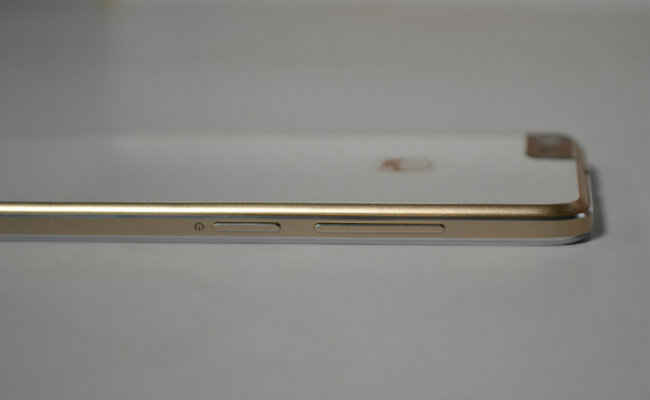
There's a battery saving option by Micromax, however, that promises to massively improve battery performance. What it does, is to turn your screen into grayscale, which is effective due to the AMOLED Screen, which can actually dim down or turn off individual pixels. Bluetooth, WiFi are turned off and screen brightness is reduced, and background syncing too is slowed down. Only a few basic functions, such as calling and messaging are available. As you can see, it massively sacrifices usability, but it does work in a pinch to extend battery life. If your phone is on its last legs, switch on this mode to get a few minutes, and perhaps even an hour of battery life.
Storage
The Micromax Canvas Knight 2 has 16GB of internal storage, of which 12GB is available. Today, with games taking up gigabytes of space, only the most frugal of users will find this space sufficient. Thankfully, the Knight 2 has a microSD card slot, and you can choose for apps to be installed on the SD card.
Conclusion
When you look at the Micromax Canvas Knight 2 in seclusion, it looks like a good phone. Not spectacularly good, but not bad at the same time, with a nice design, satisfactory performance and average battery life. But when you look at the competition, the Knight 2 falls short.

It is priced at over Rs. 16,000, which is a bit on the expensive side for what you get. For just Rs. 13,000, you get the Mi4i, which offers the same processor, but a better camera, better battery performance, a better screen and good design. The Mi4i seems like a much better deal now, doesn't it? And if you go just a bit higher, the Mi4 64 GB is available at Rs. 17,000 on Flipkart, and it has a much better Snapdragon 801 processor, along with a better camera, more storage and better battery life.
The Zenfone too seems like a capable phone, with performance beating the Knight 2. If the price were a bit lower, I would have reconsidered, but at the time being, I see no justification for buying the Knight 2. You have a better phone at a cheaper price, and a much better phone at a slightly higher price.














